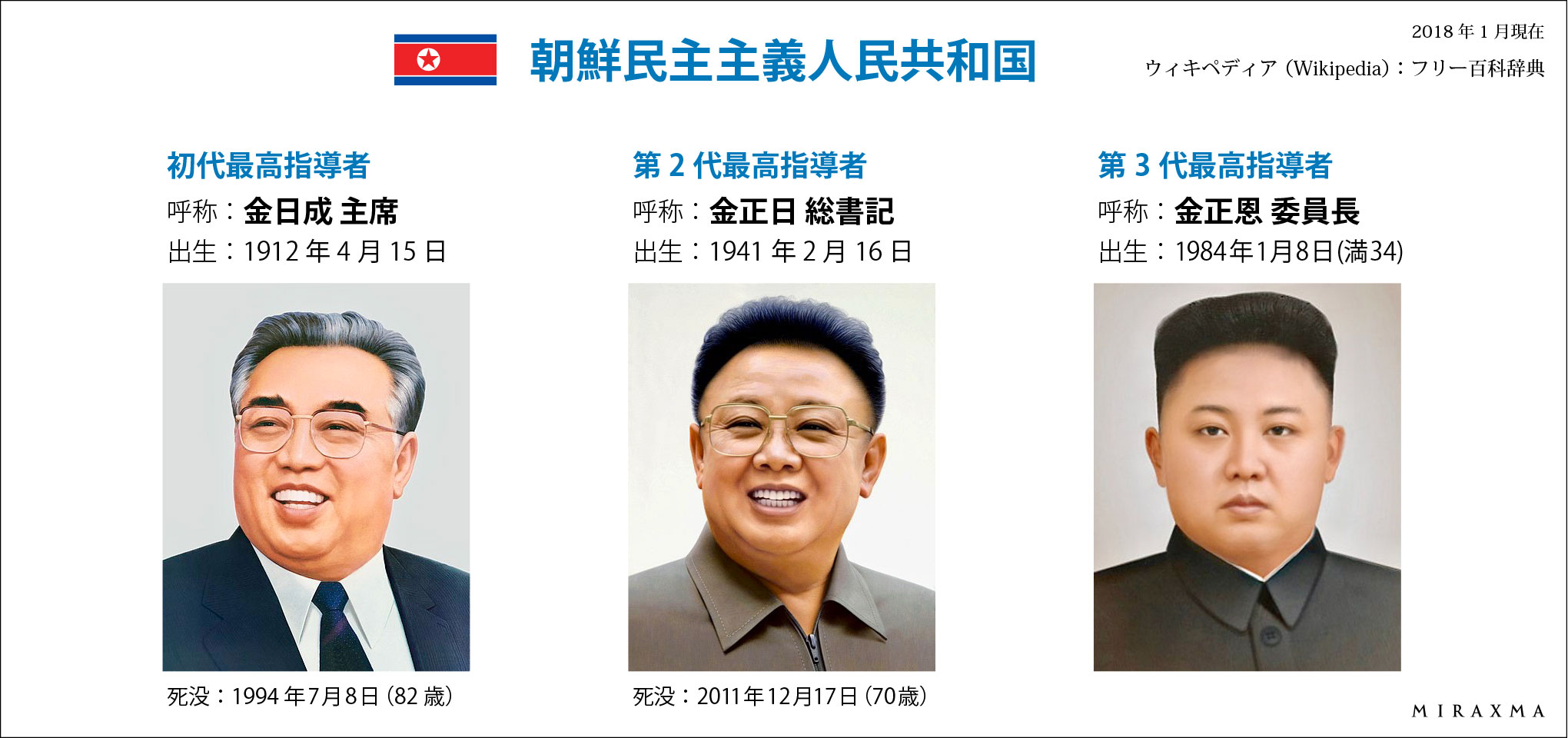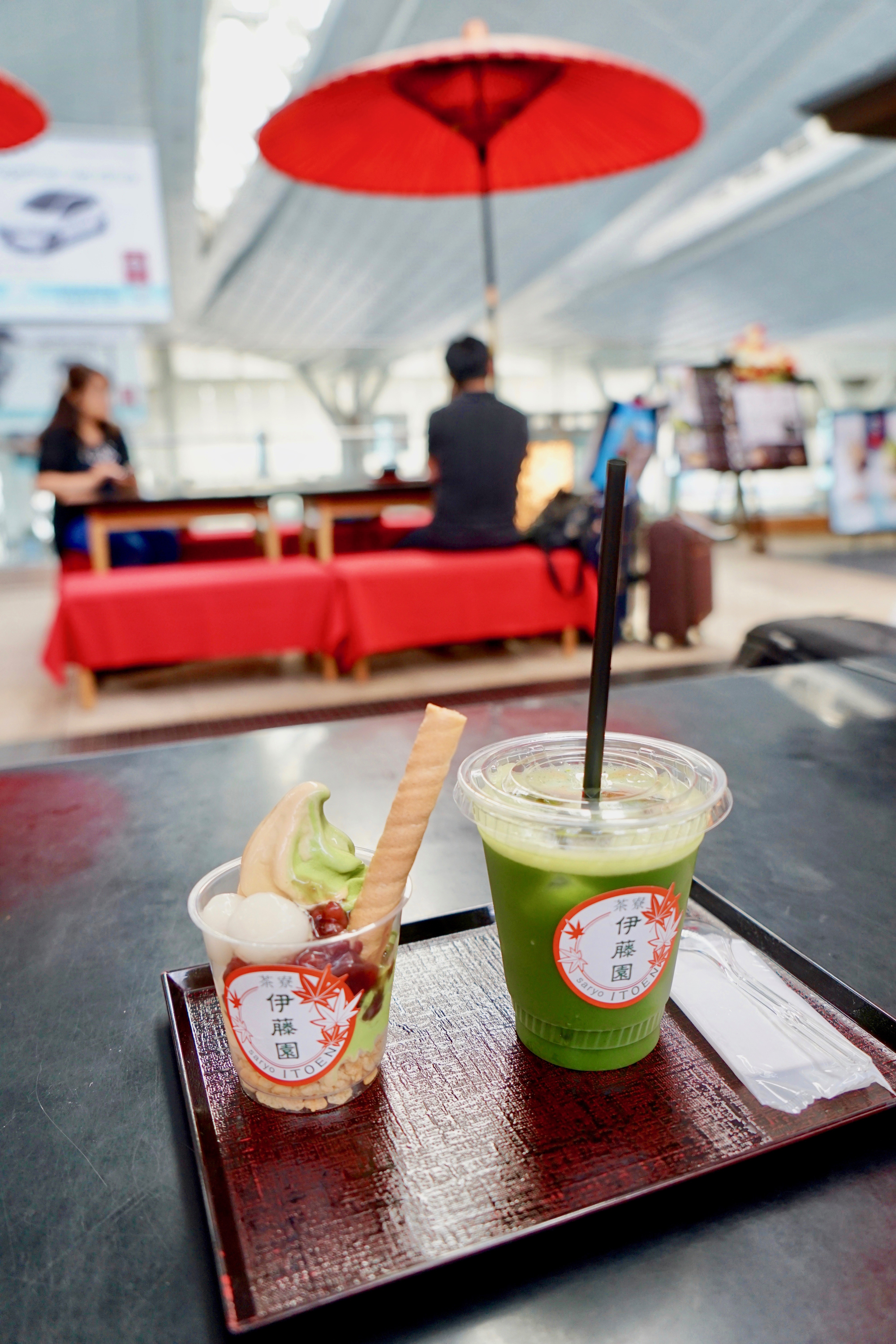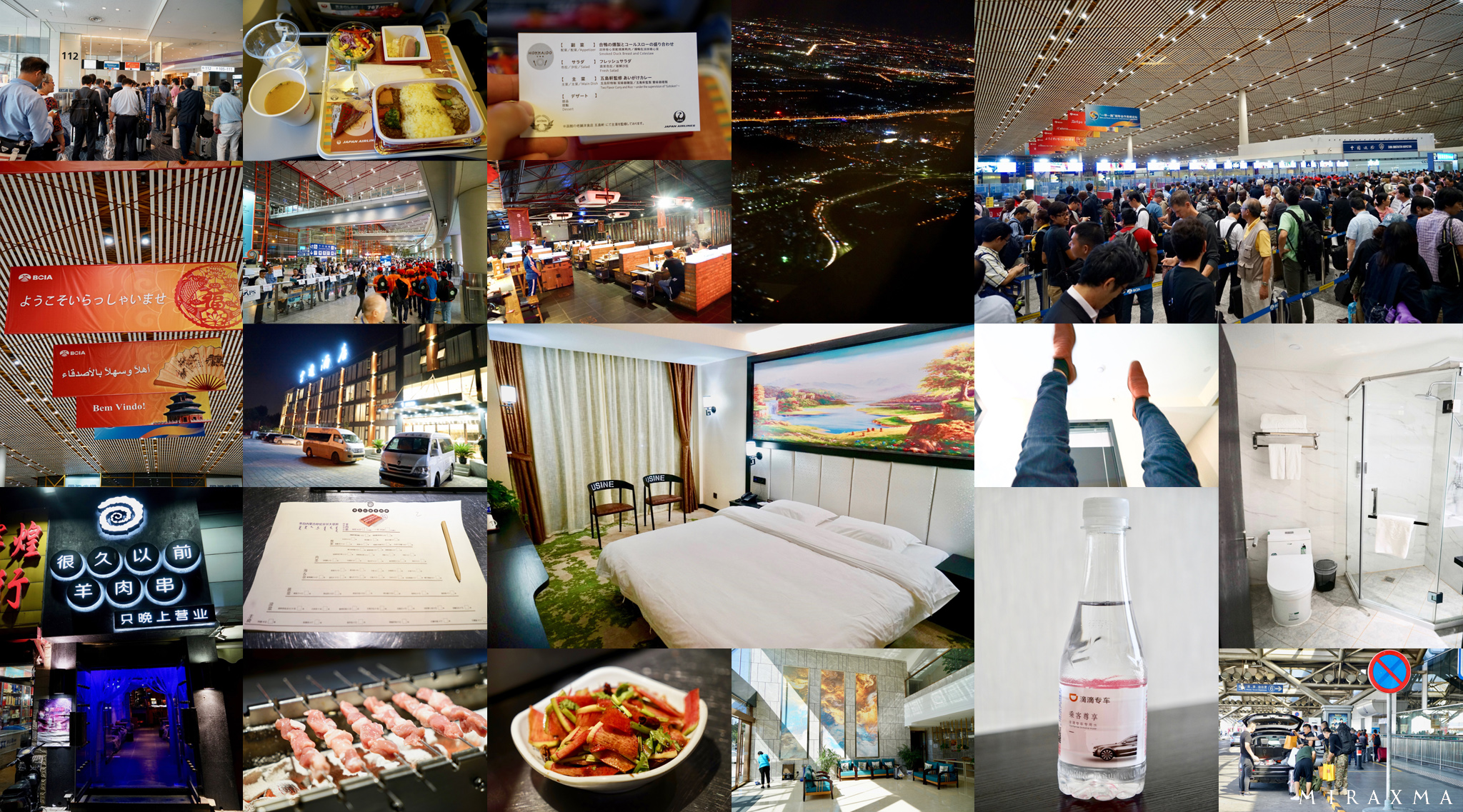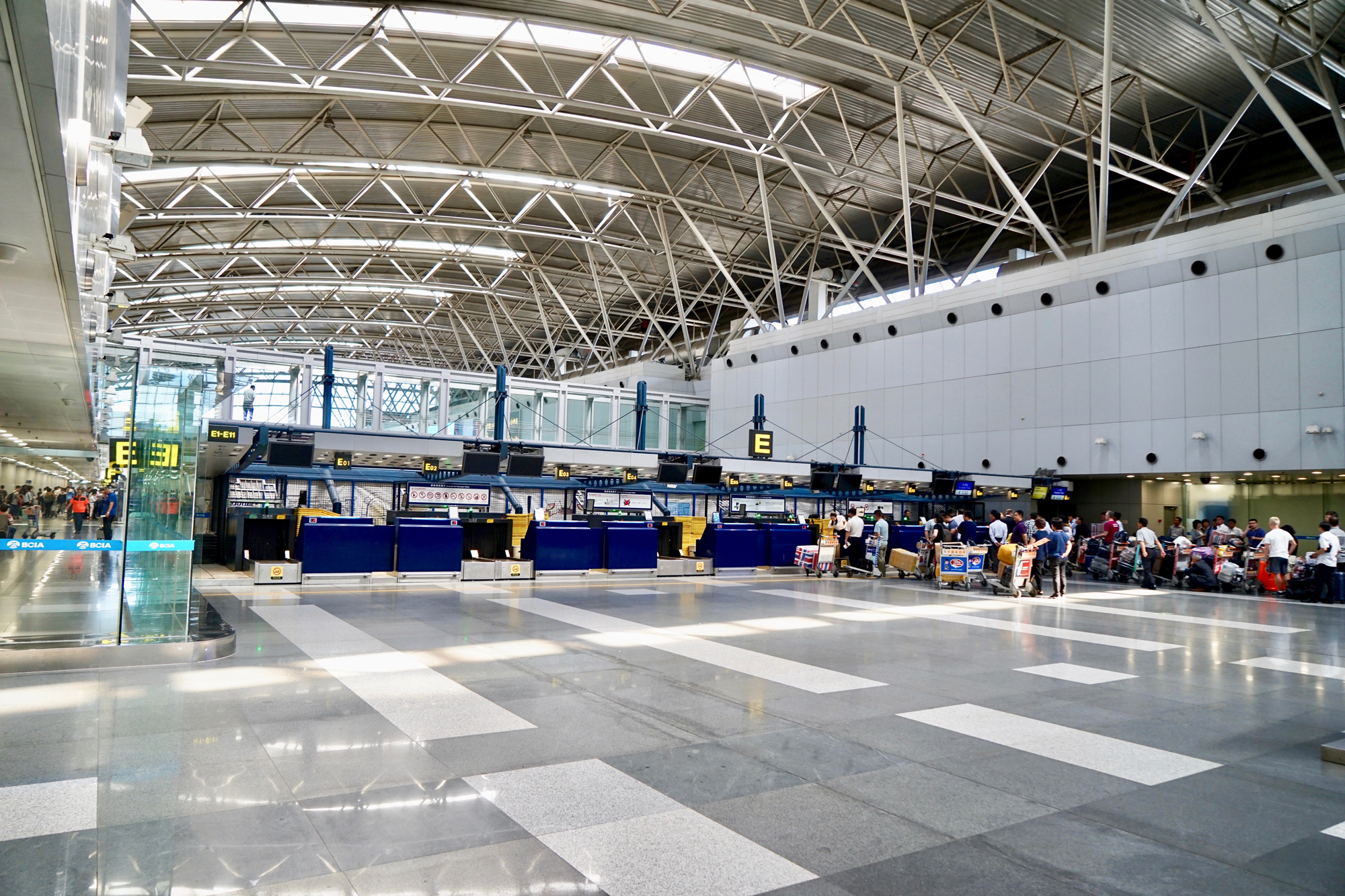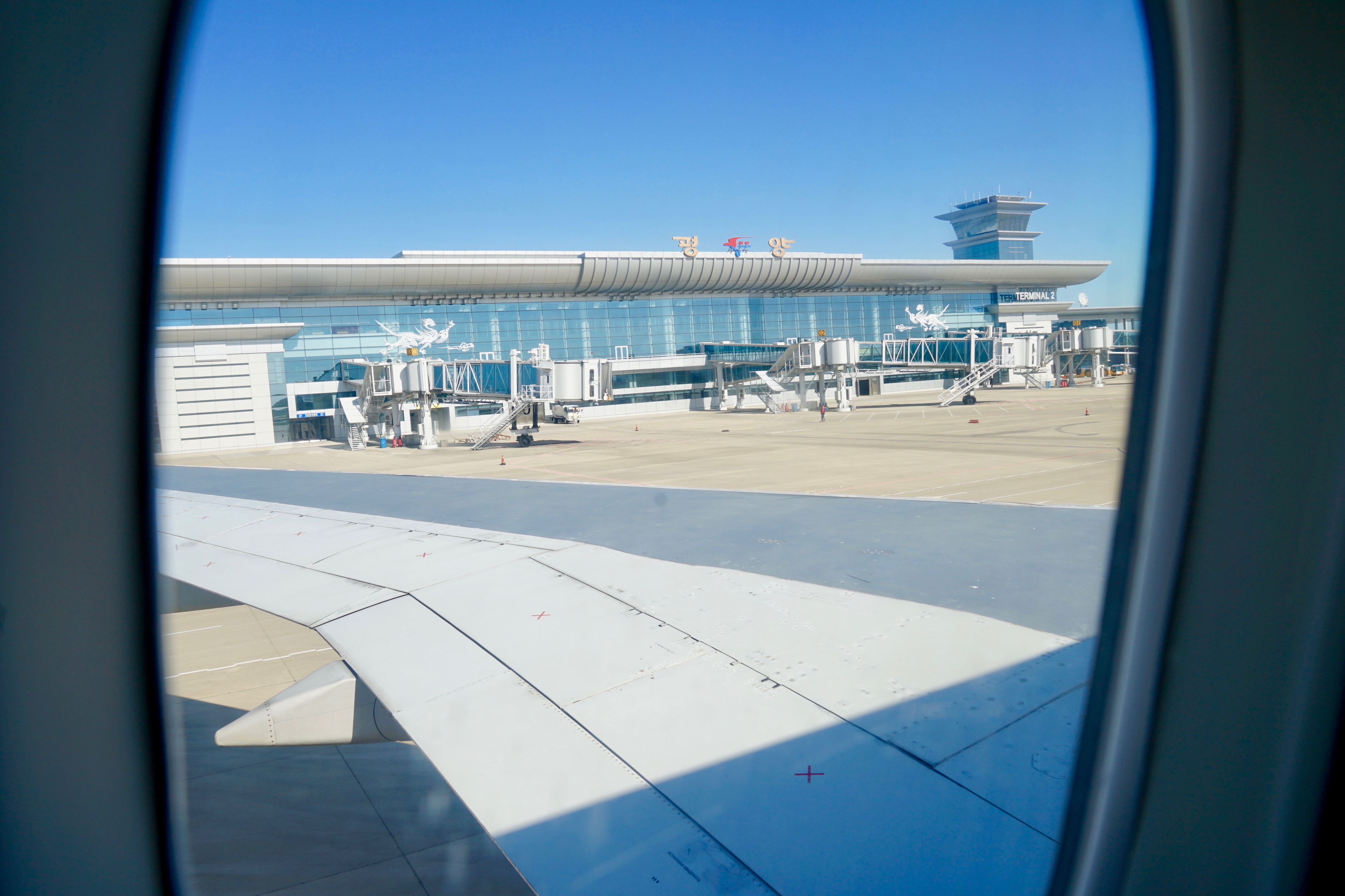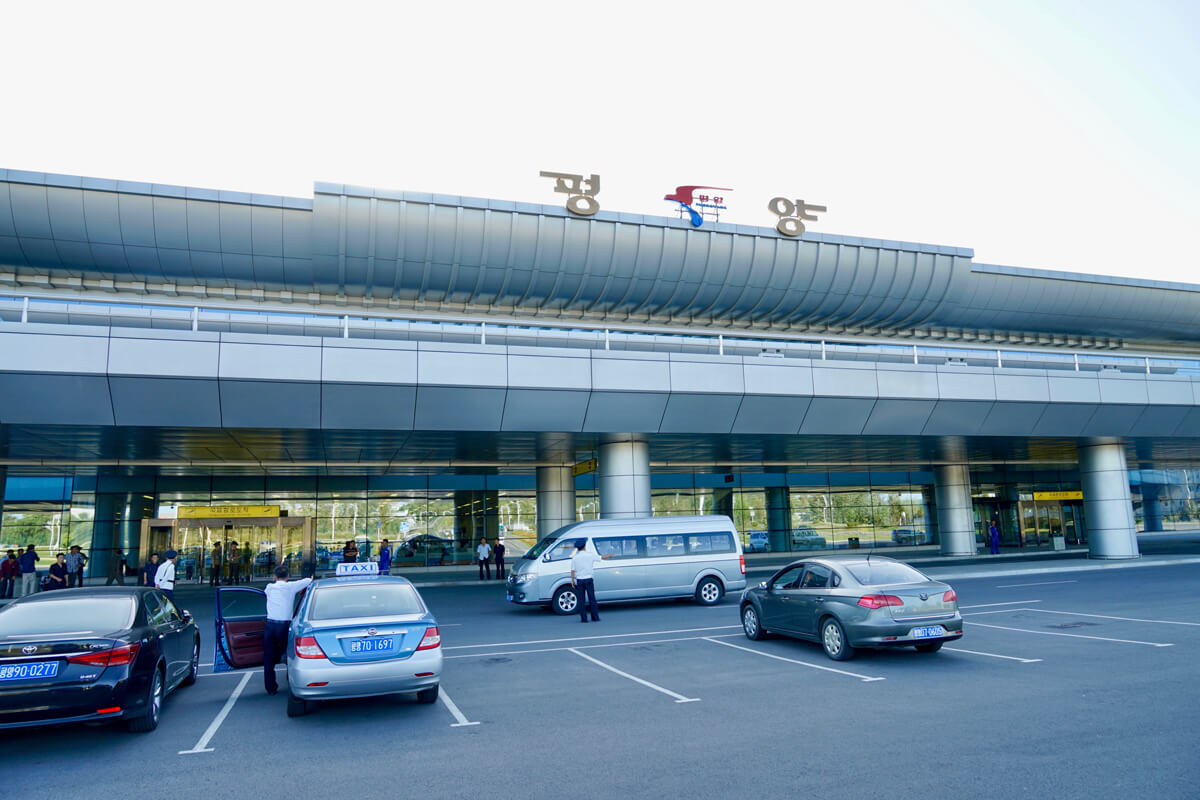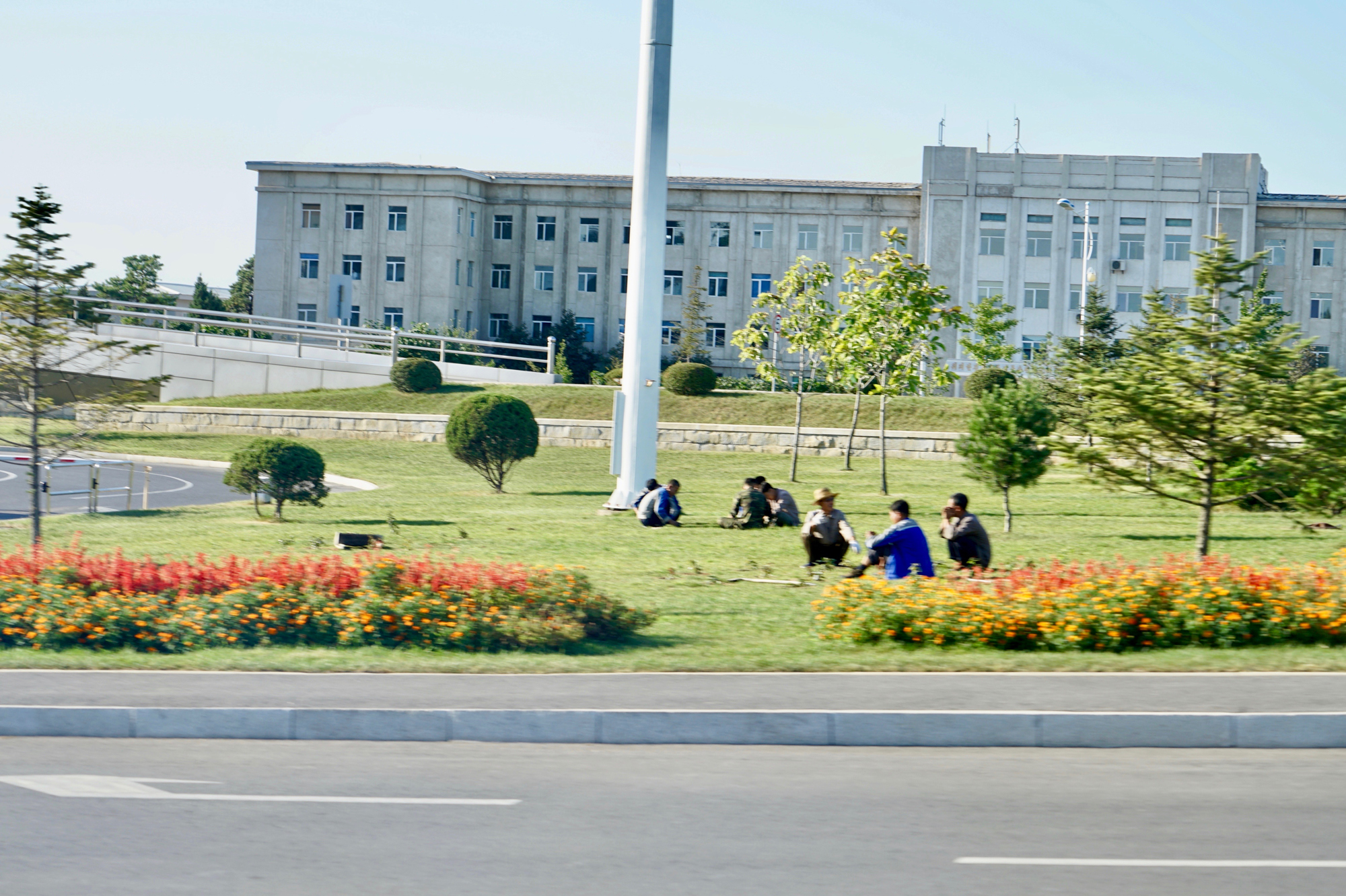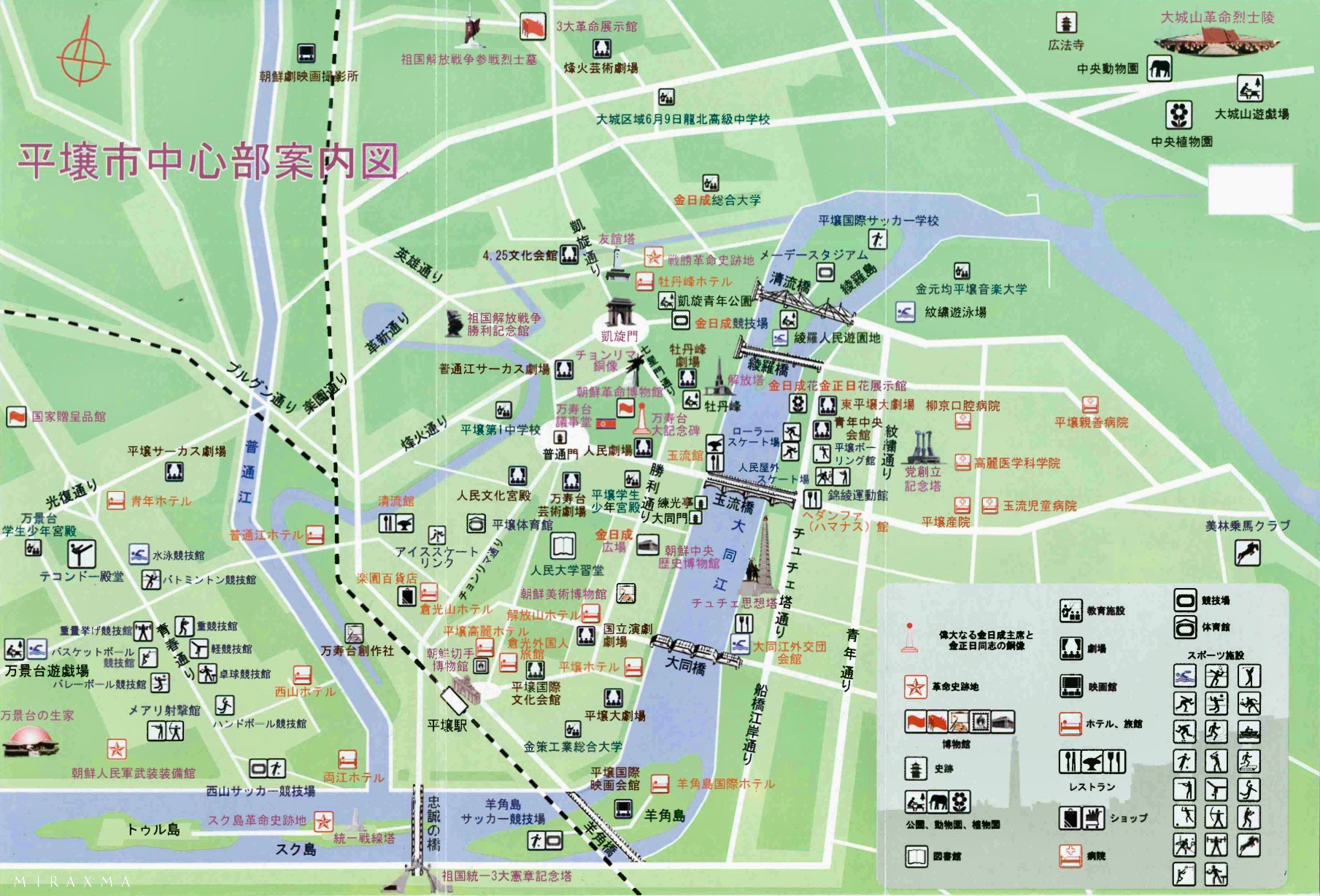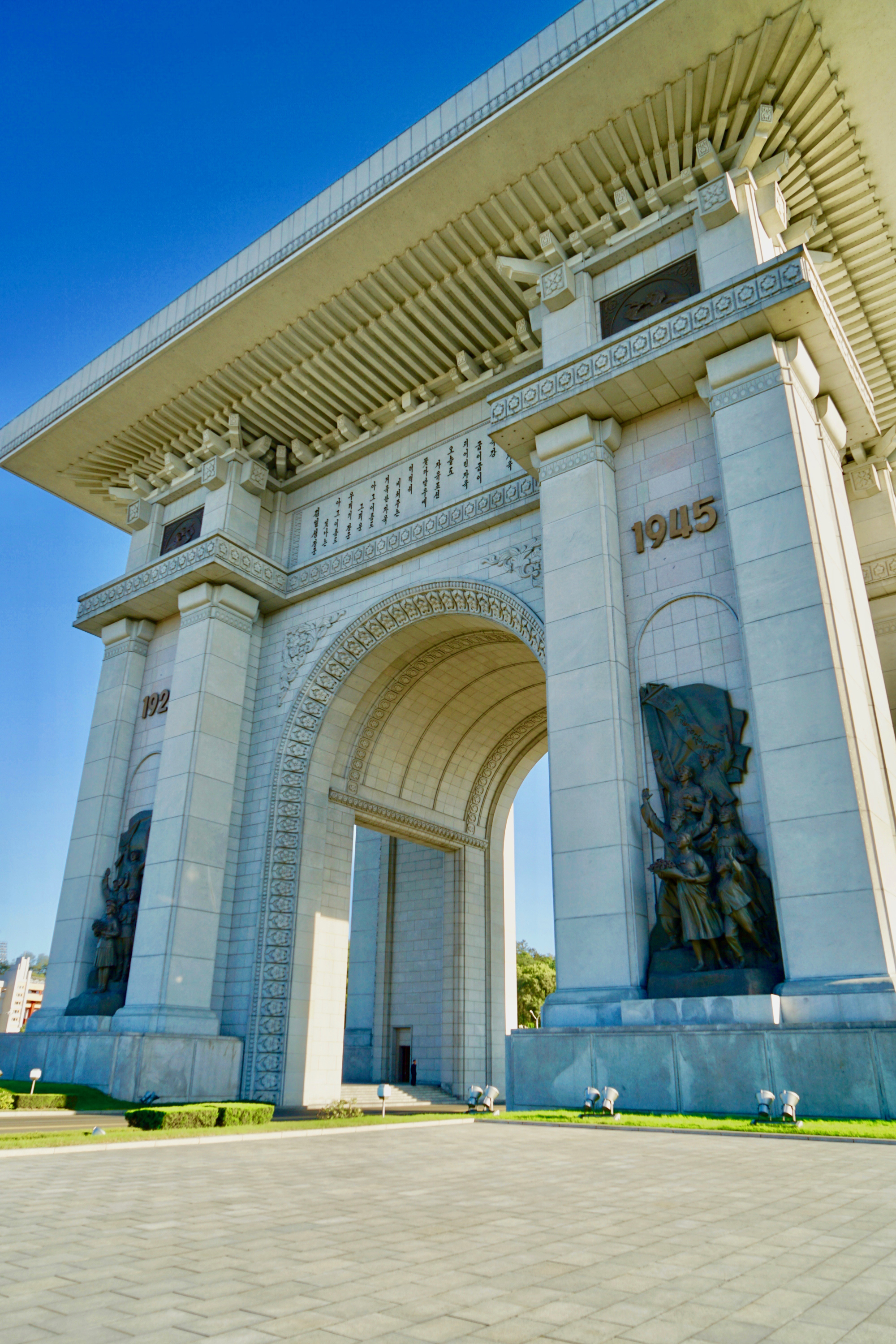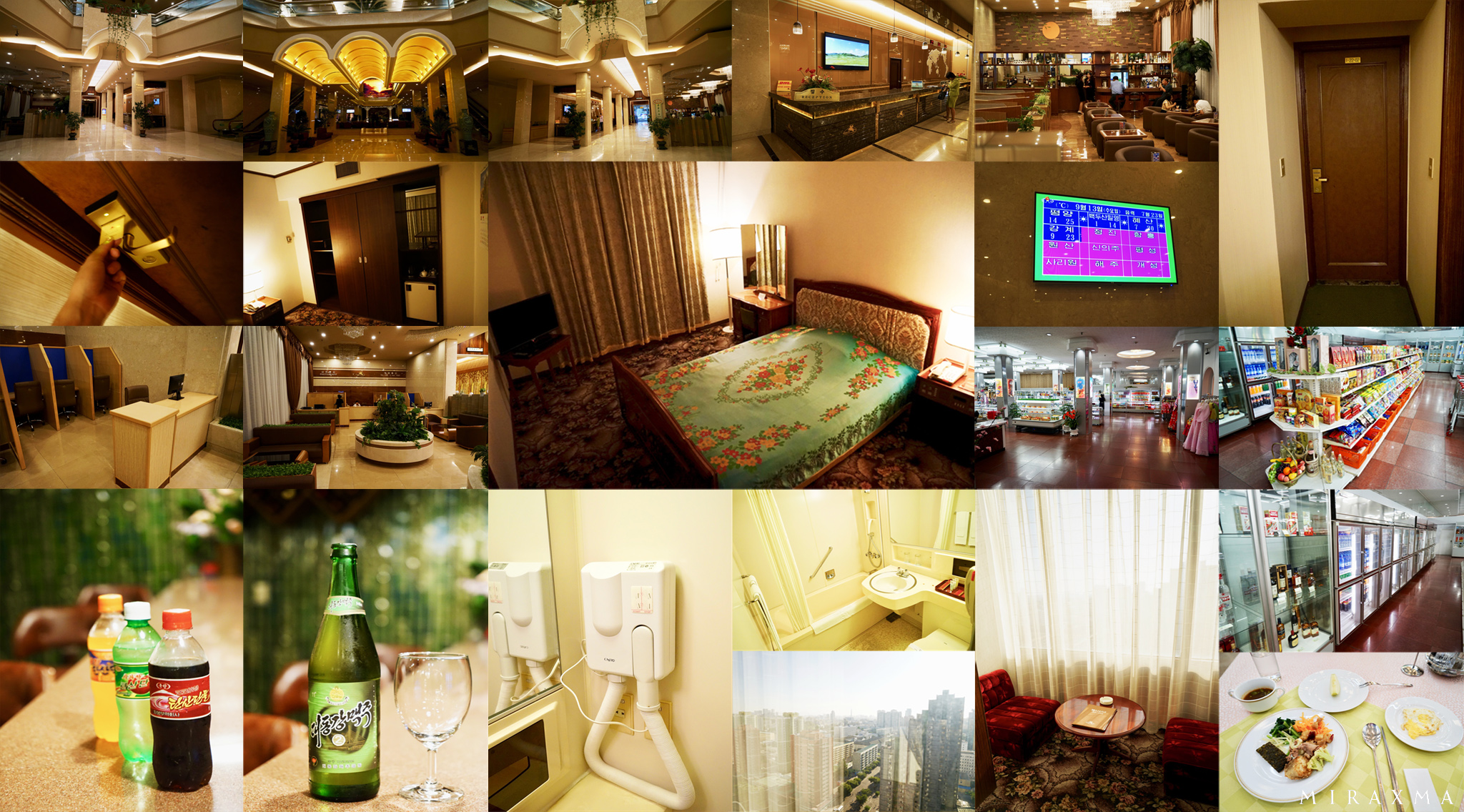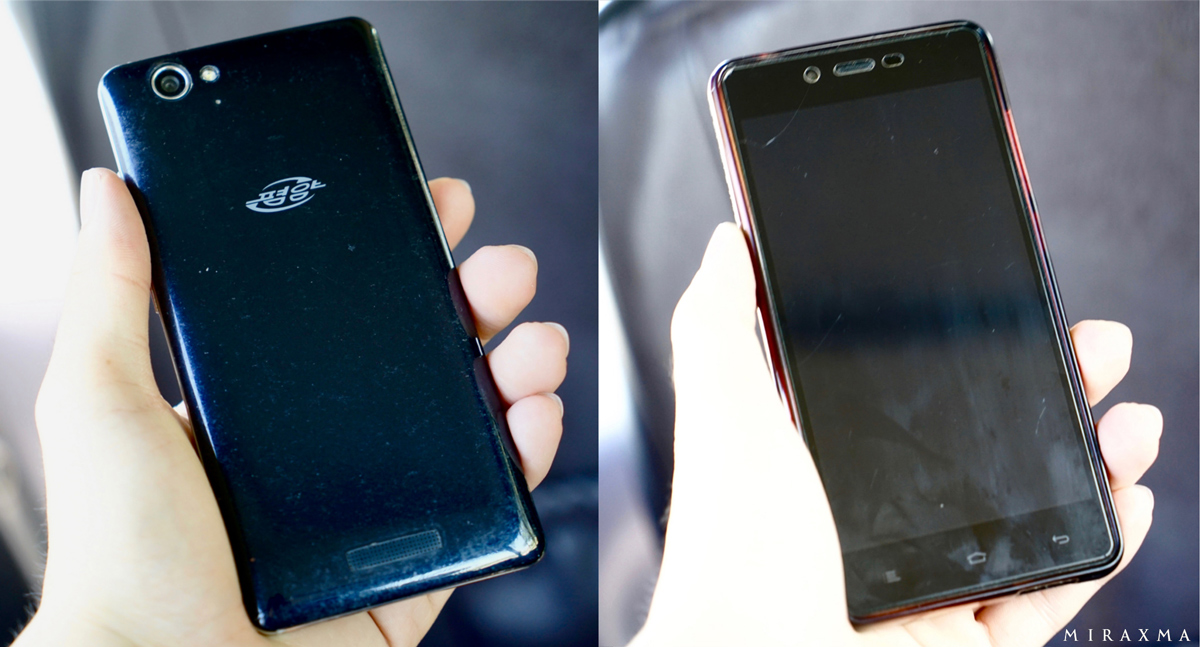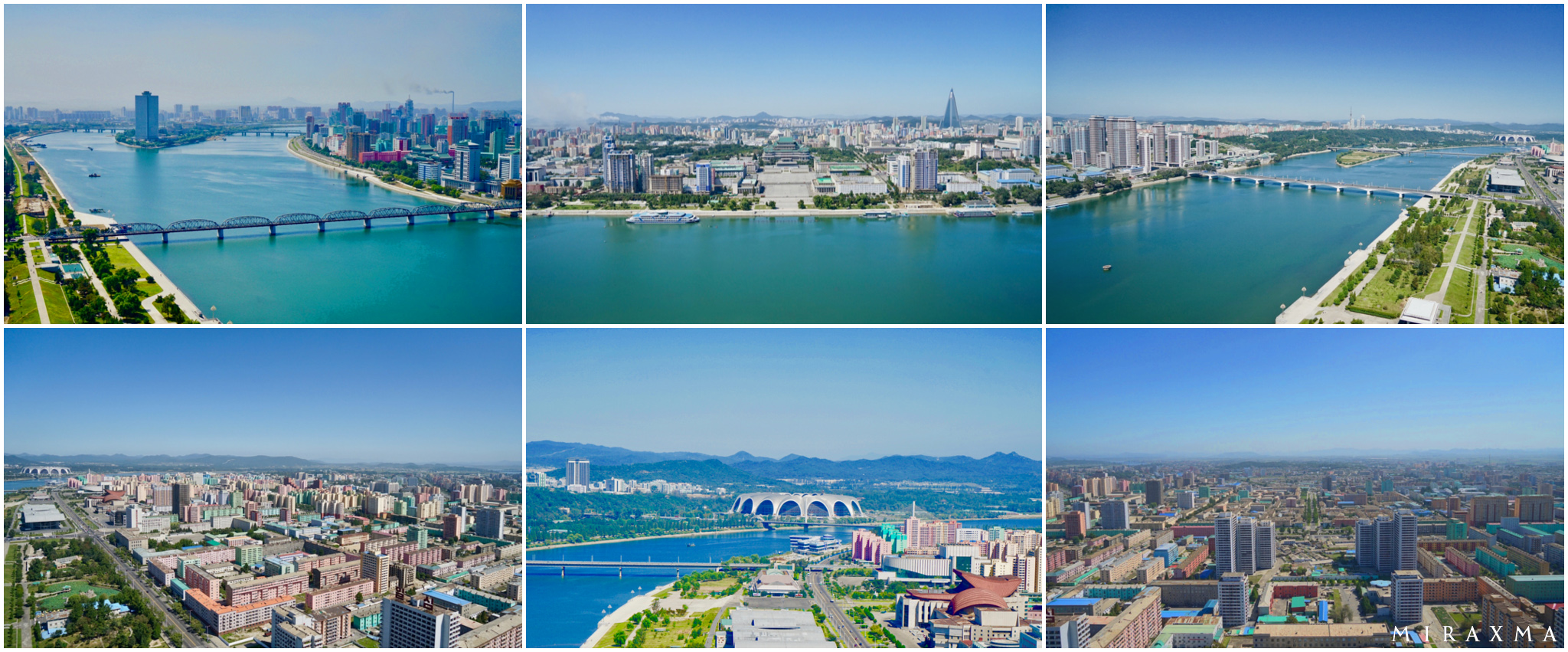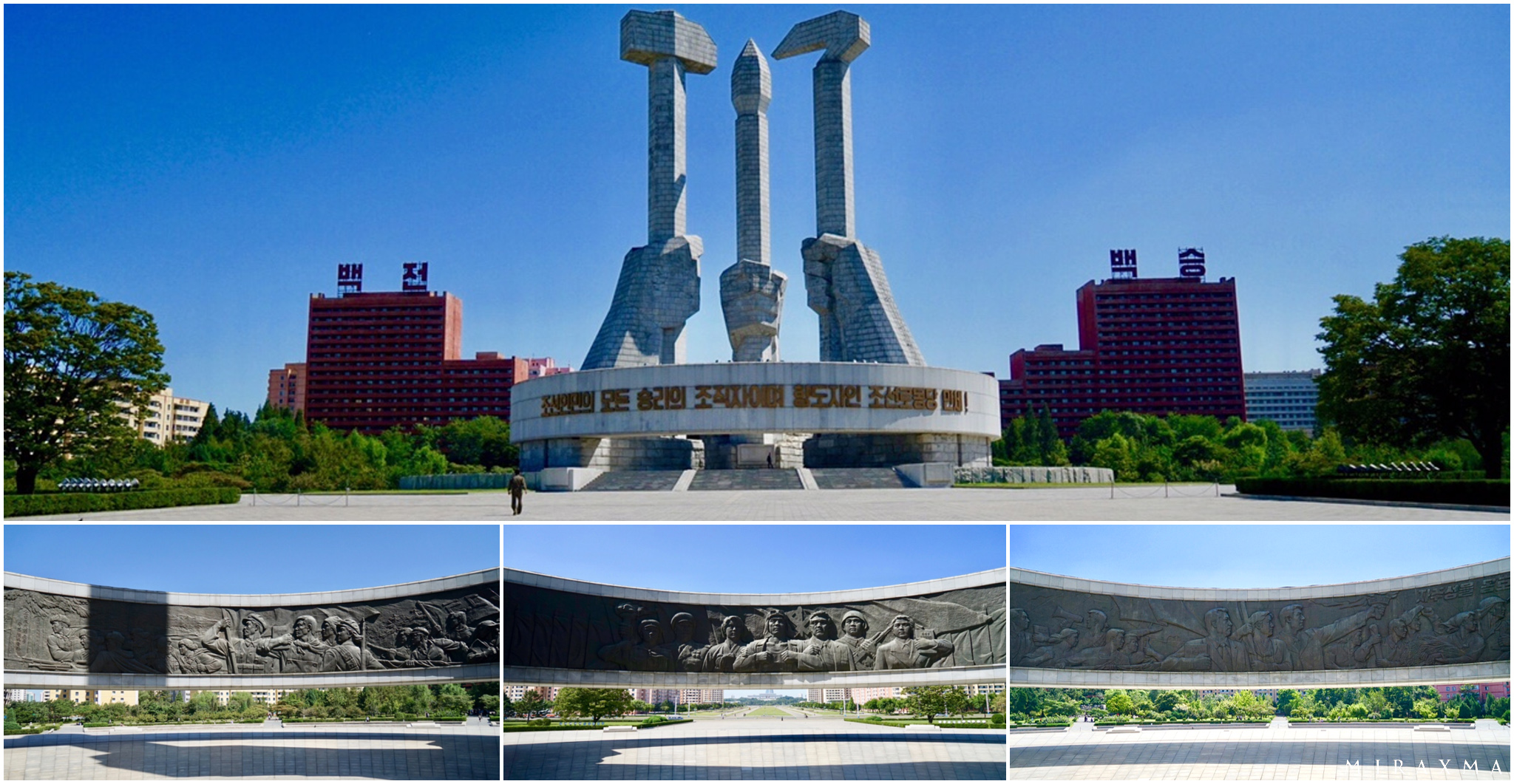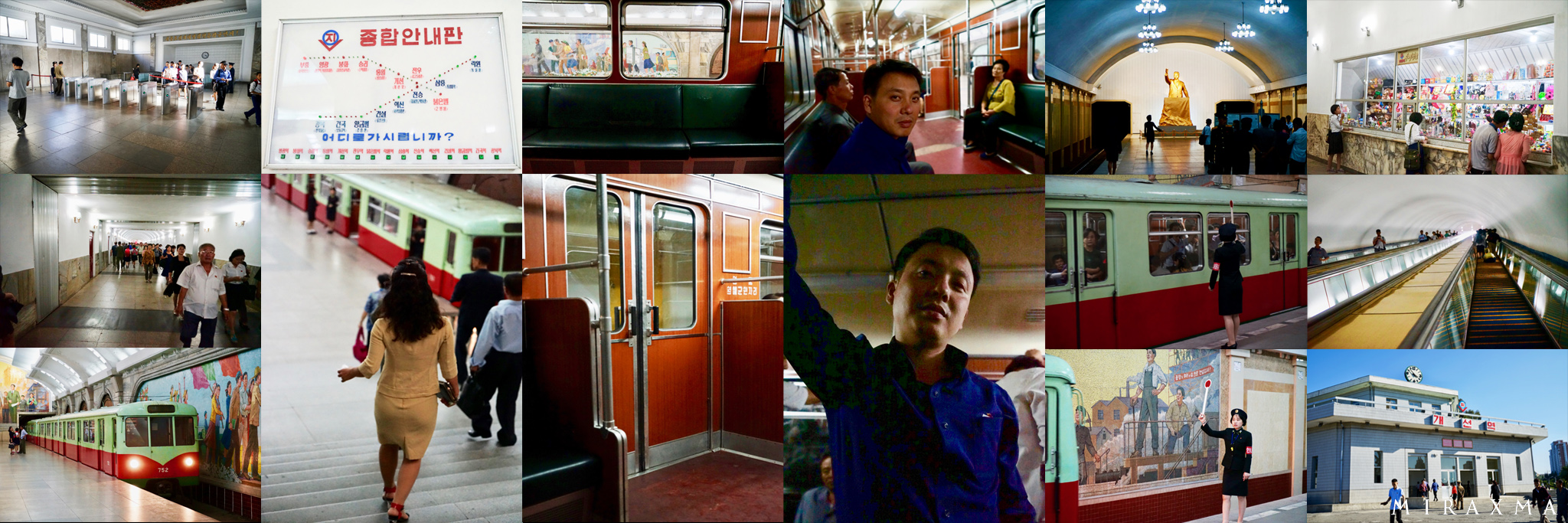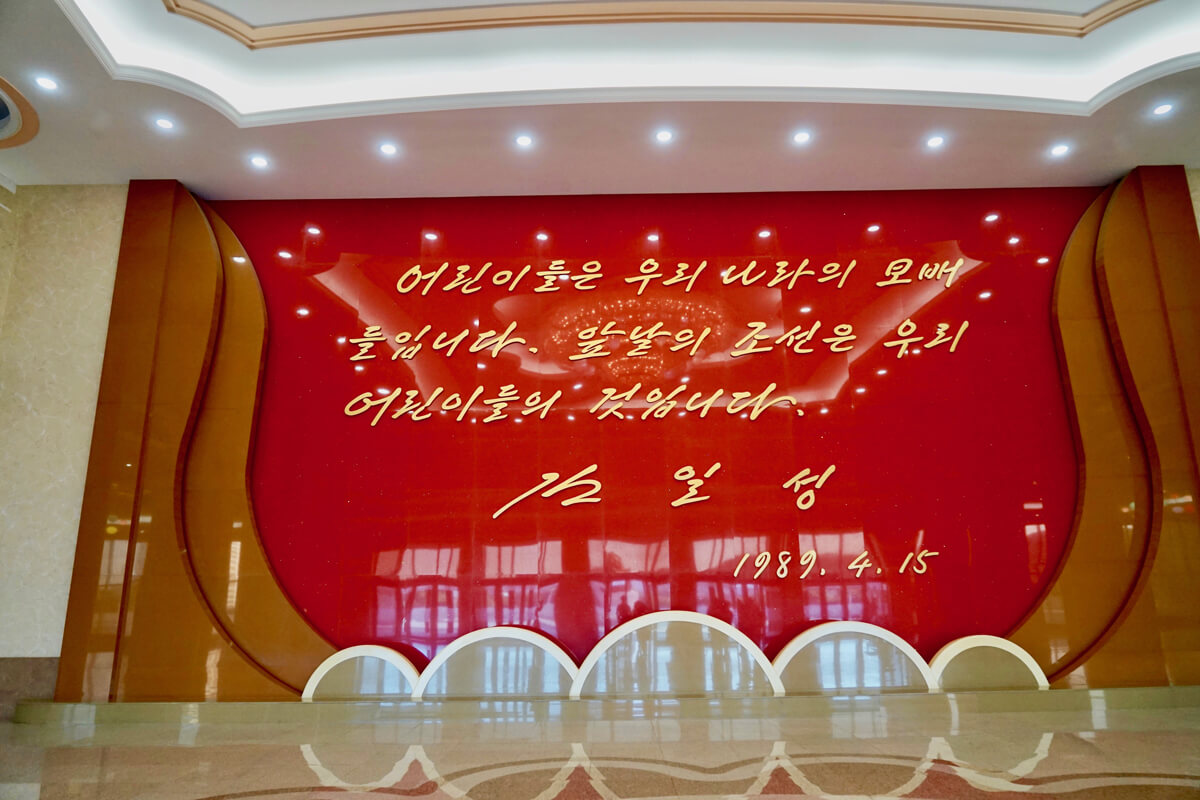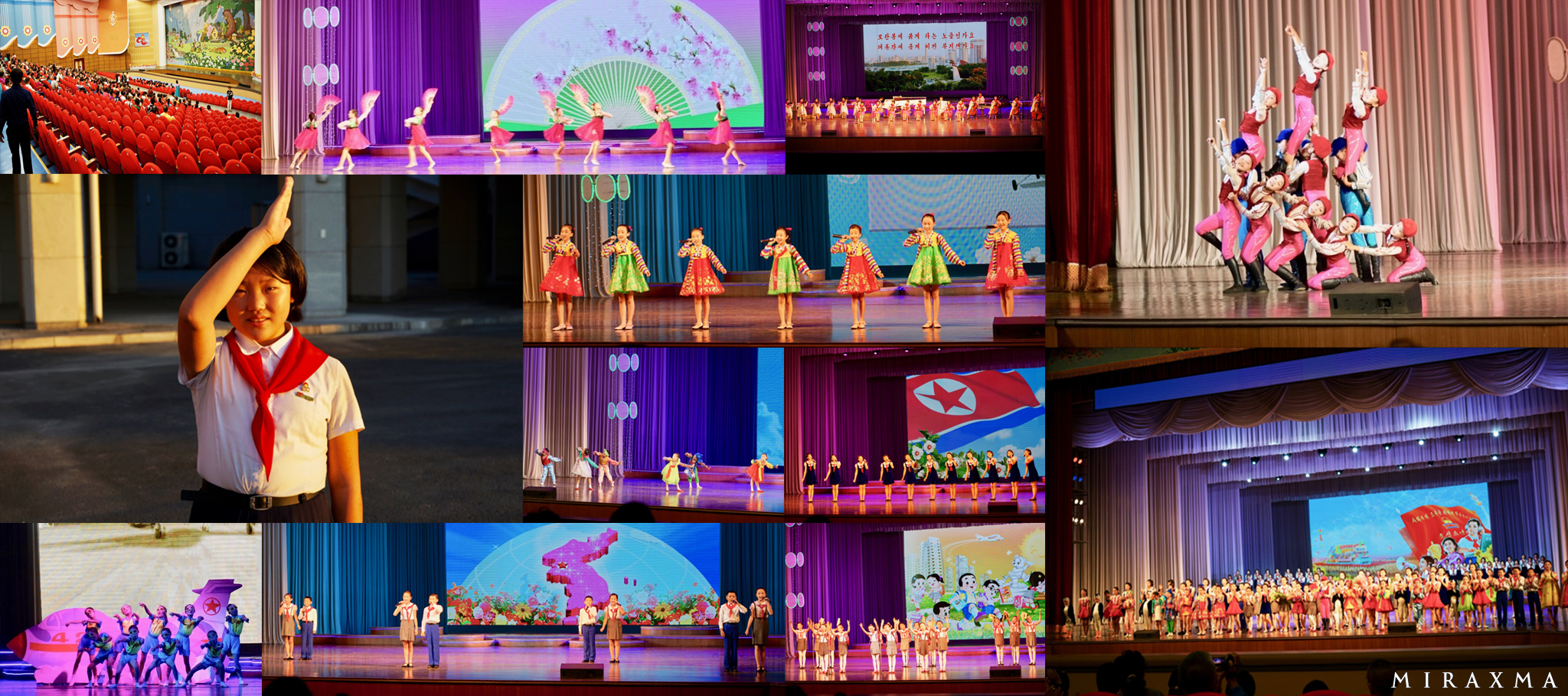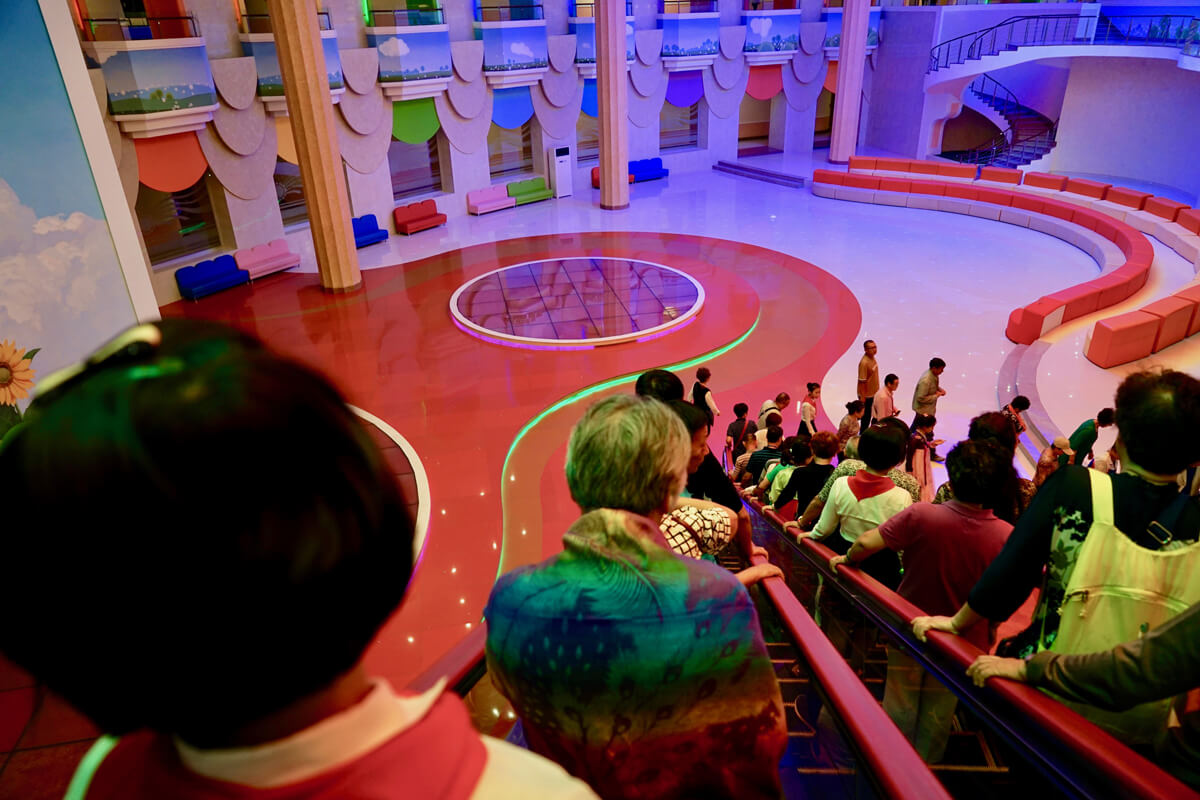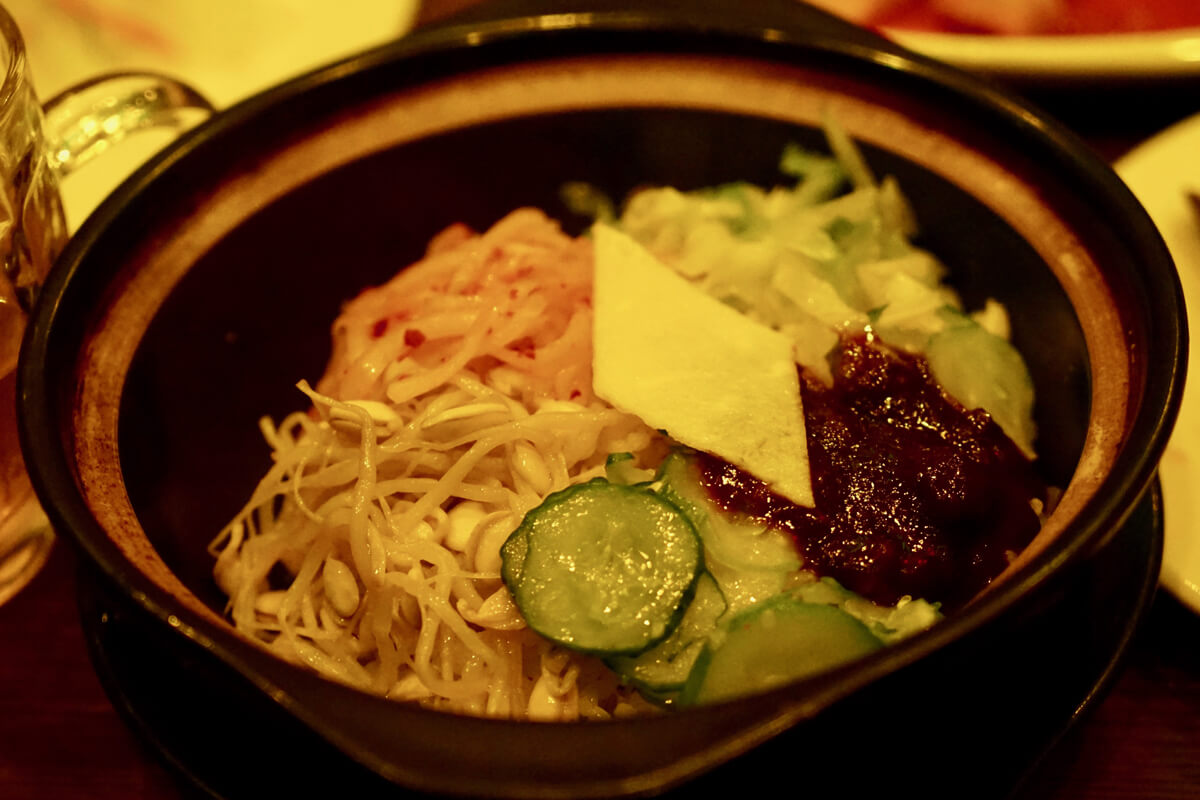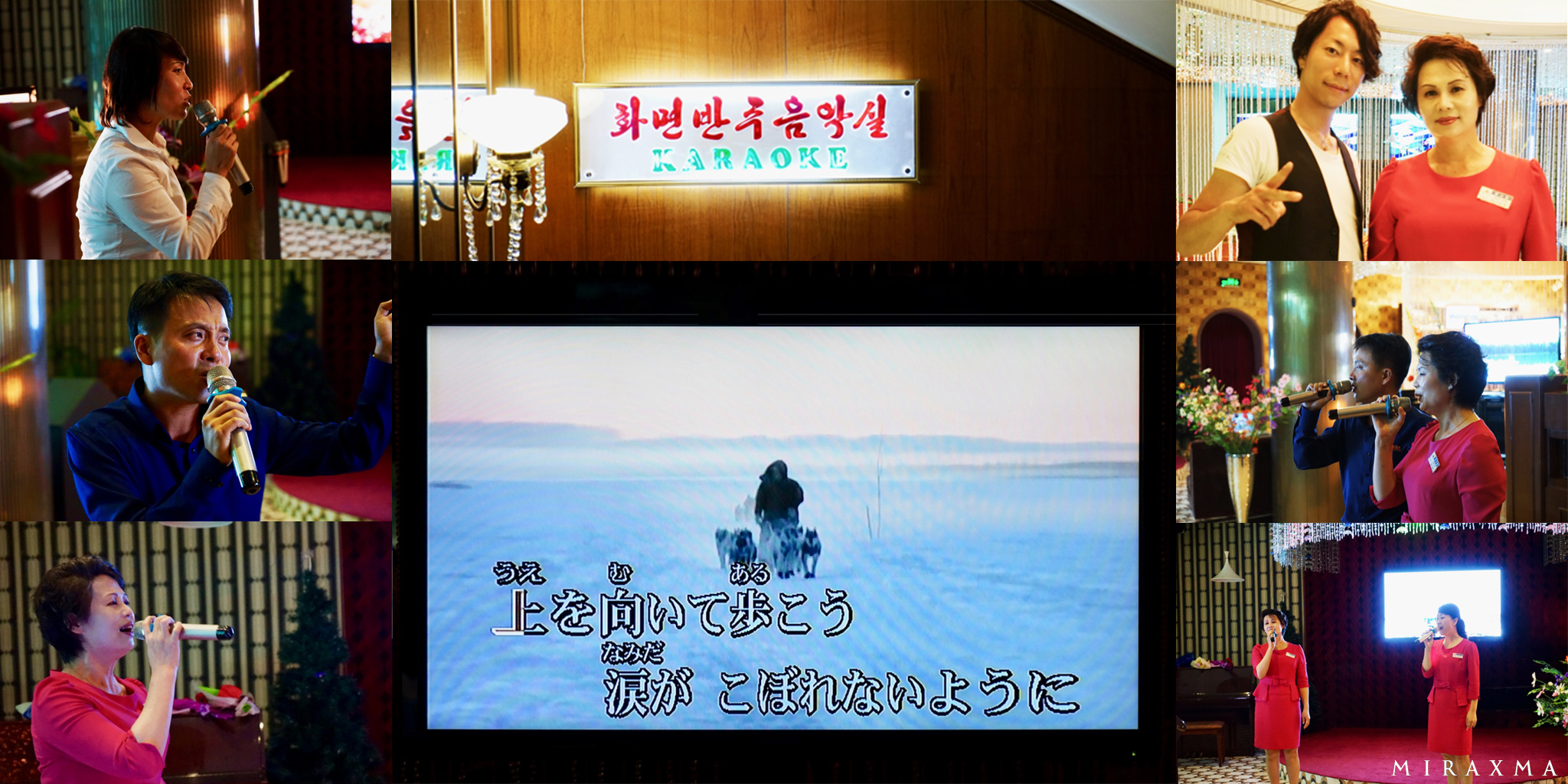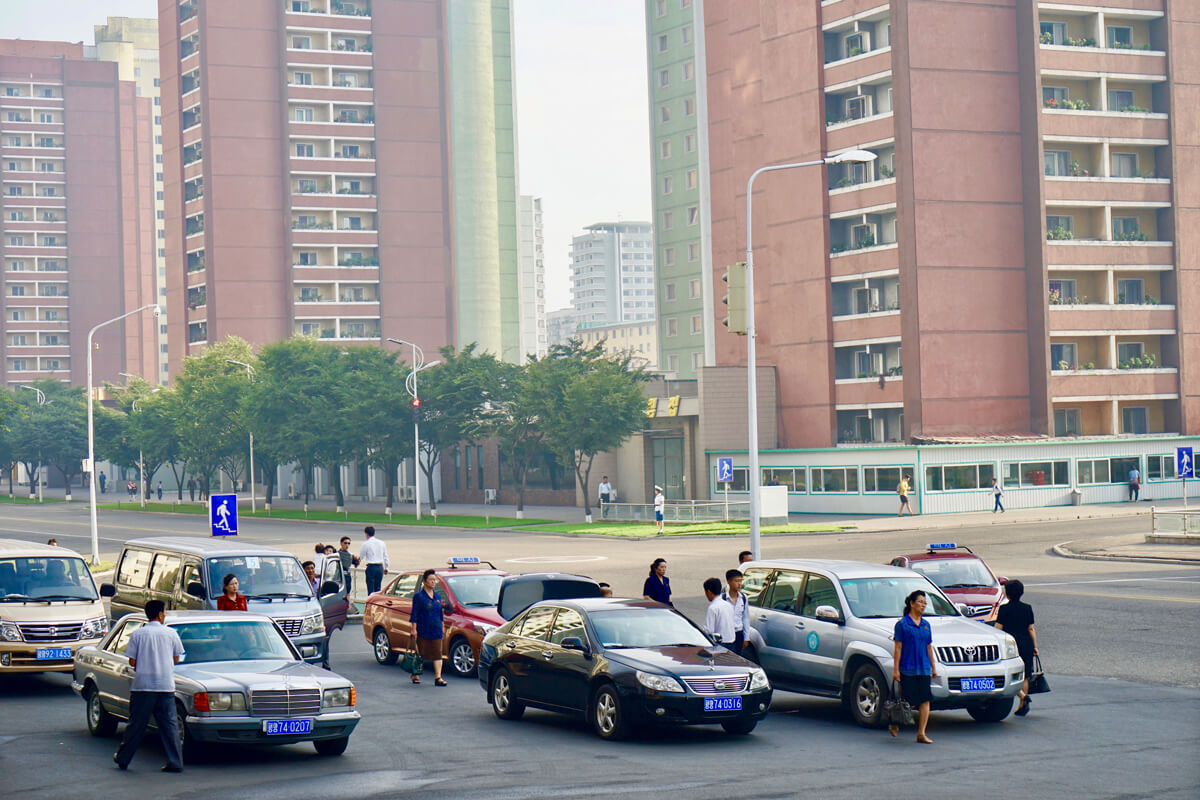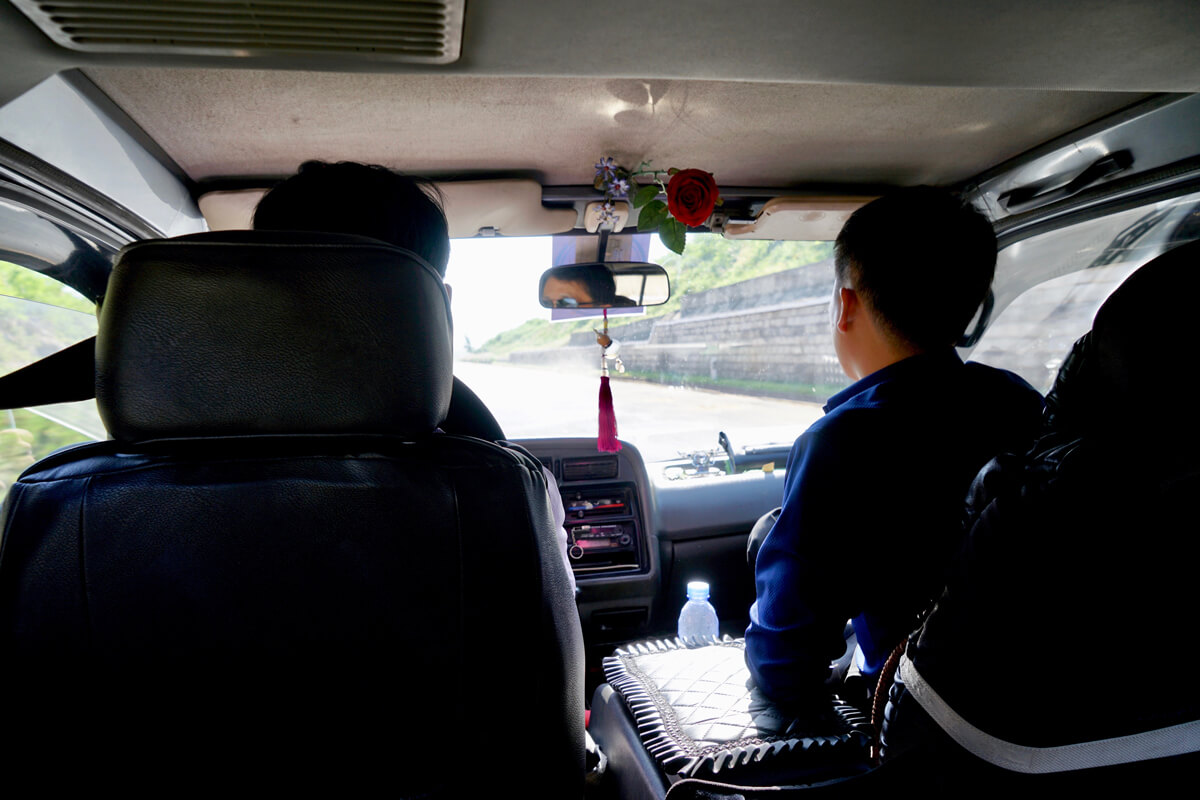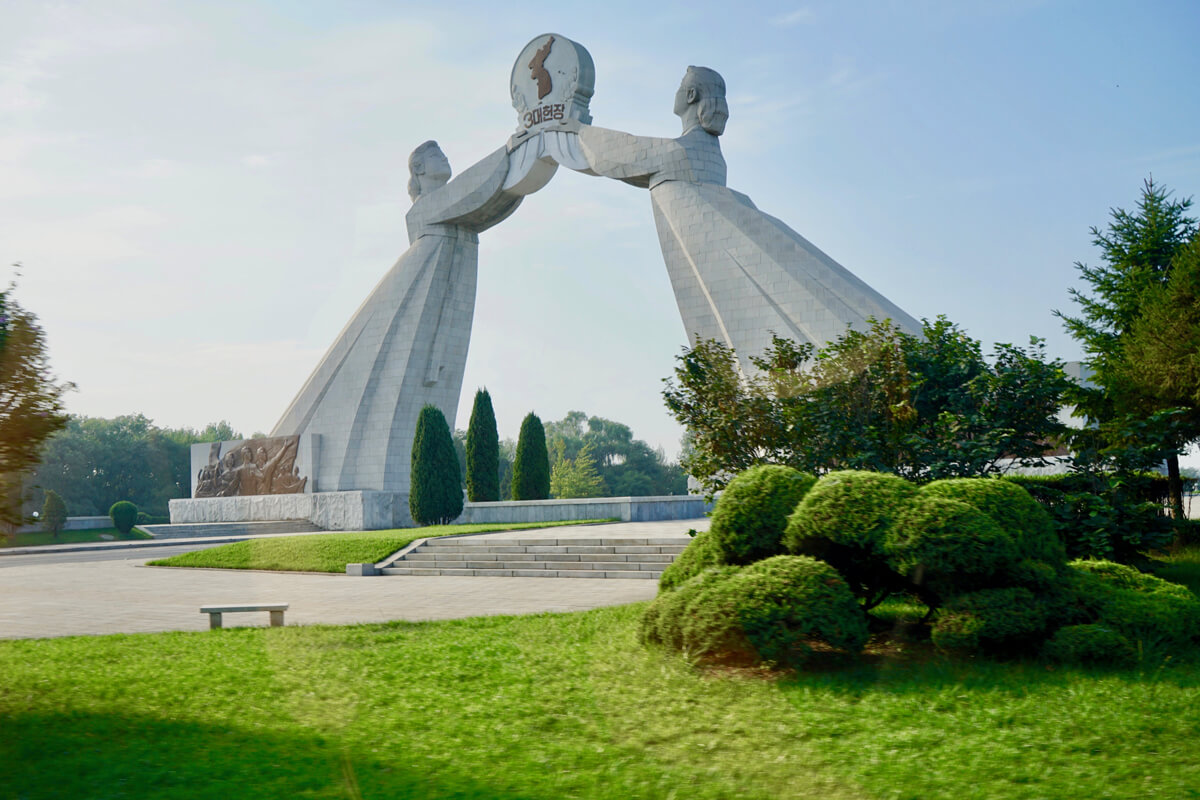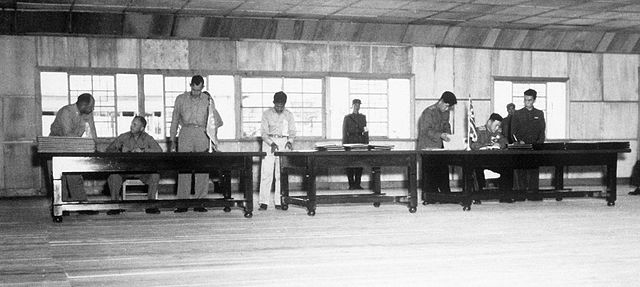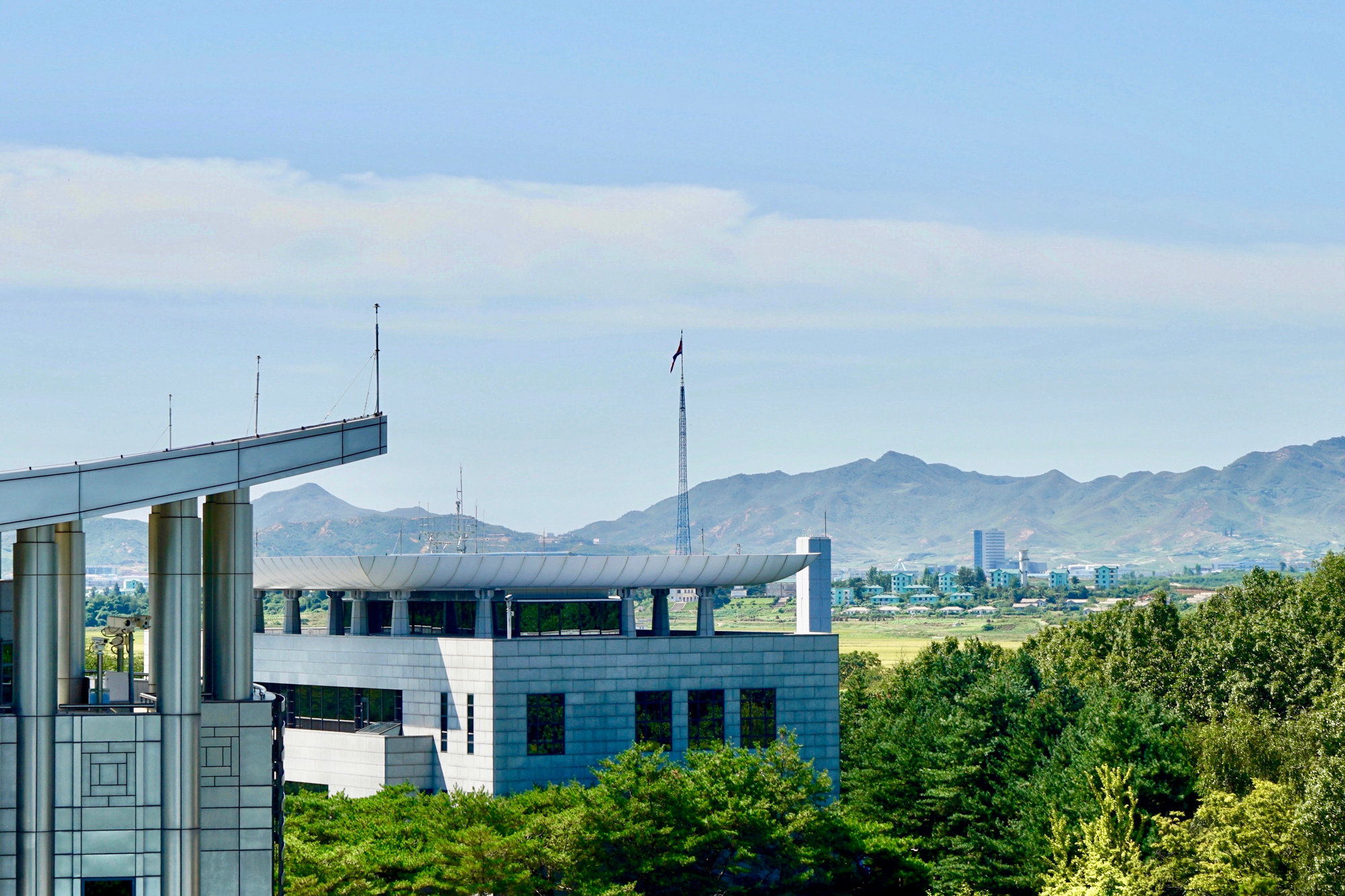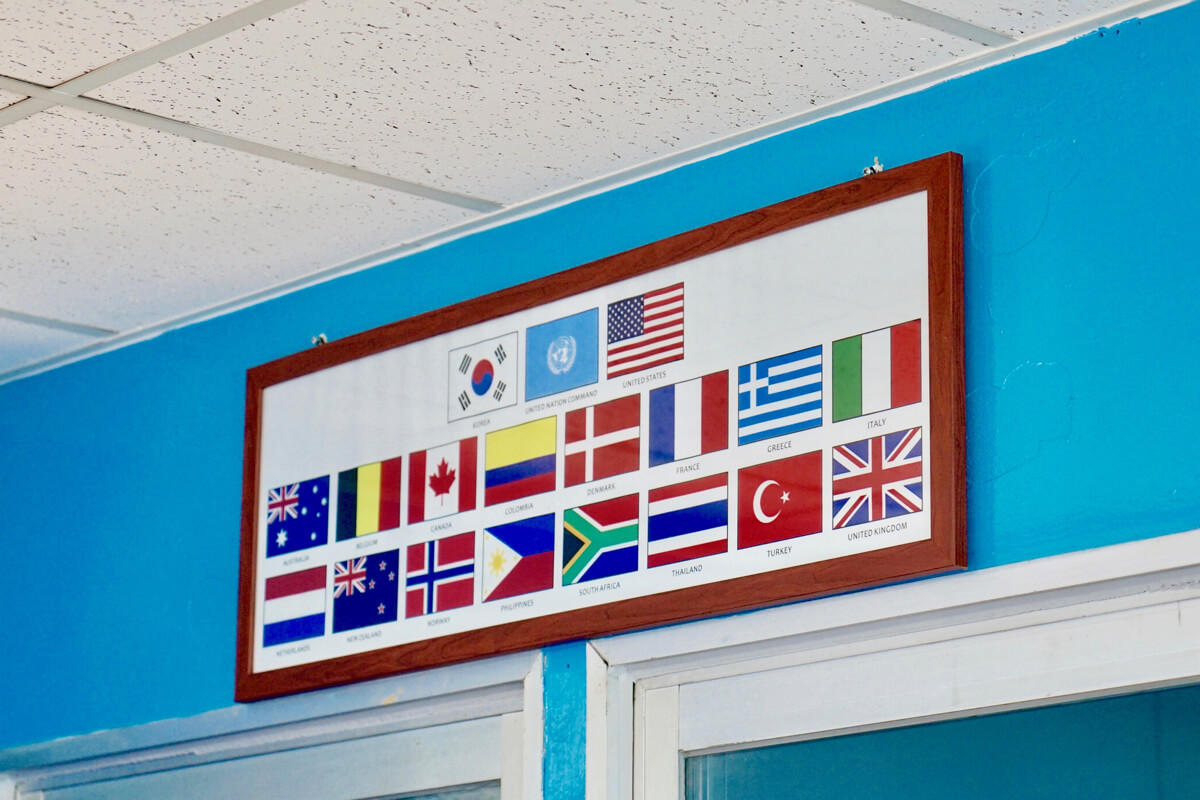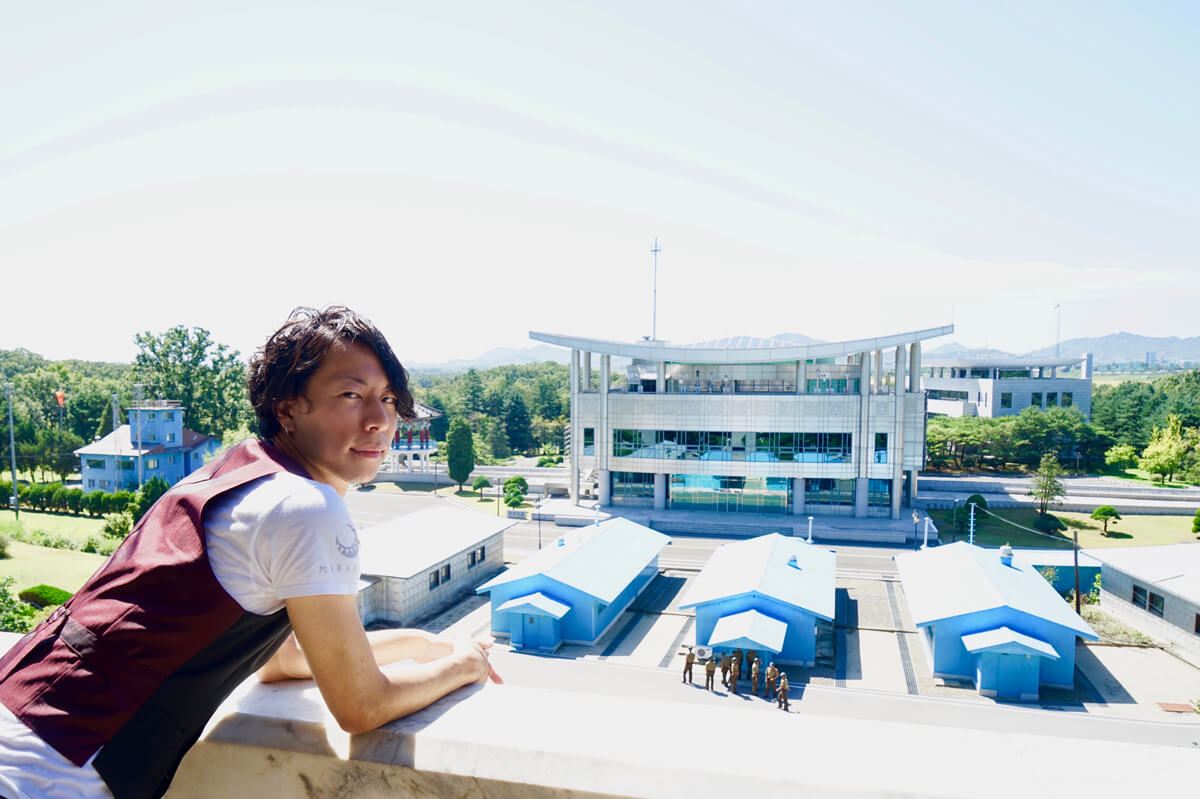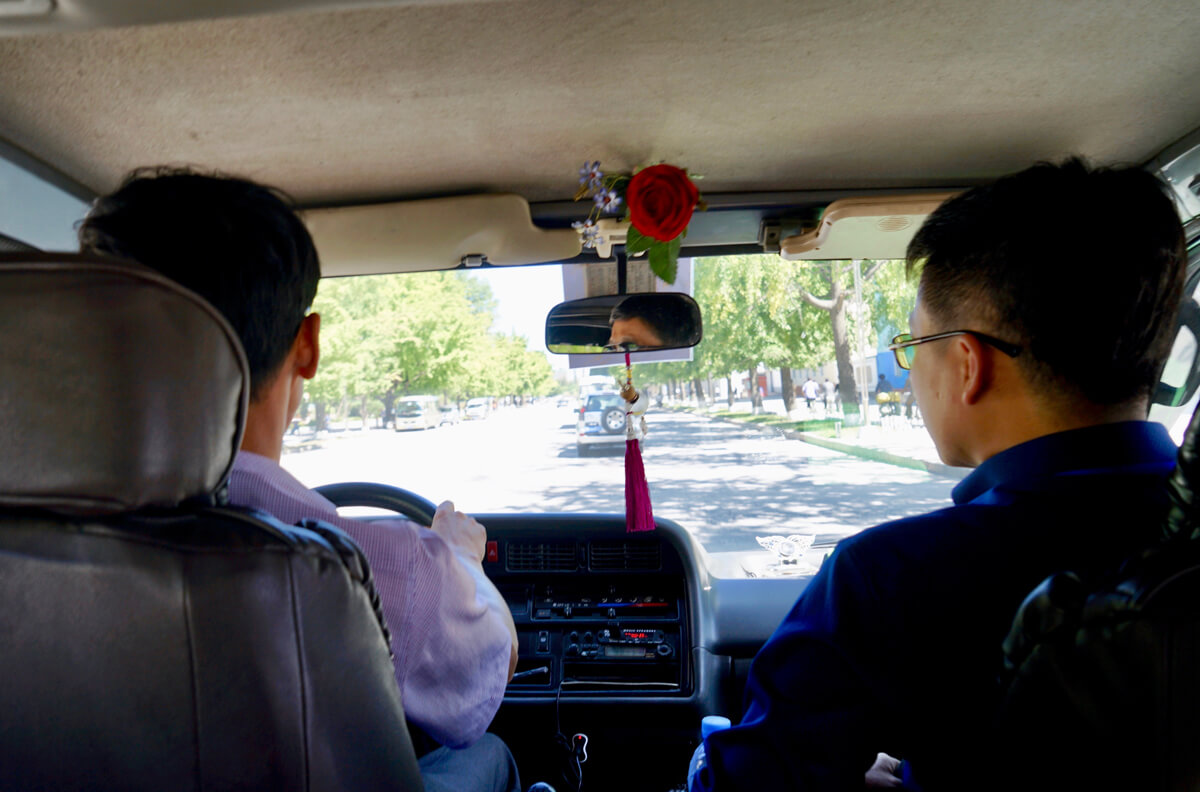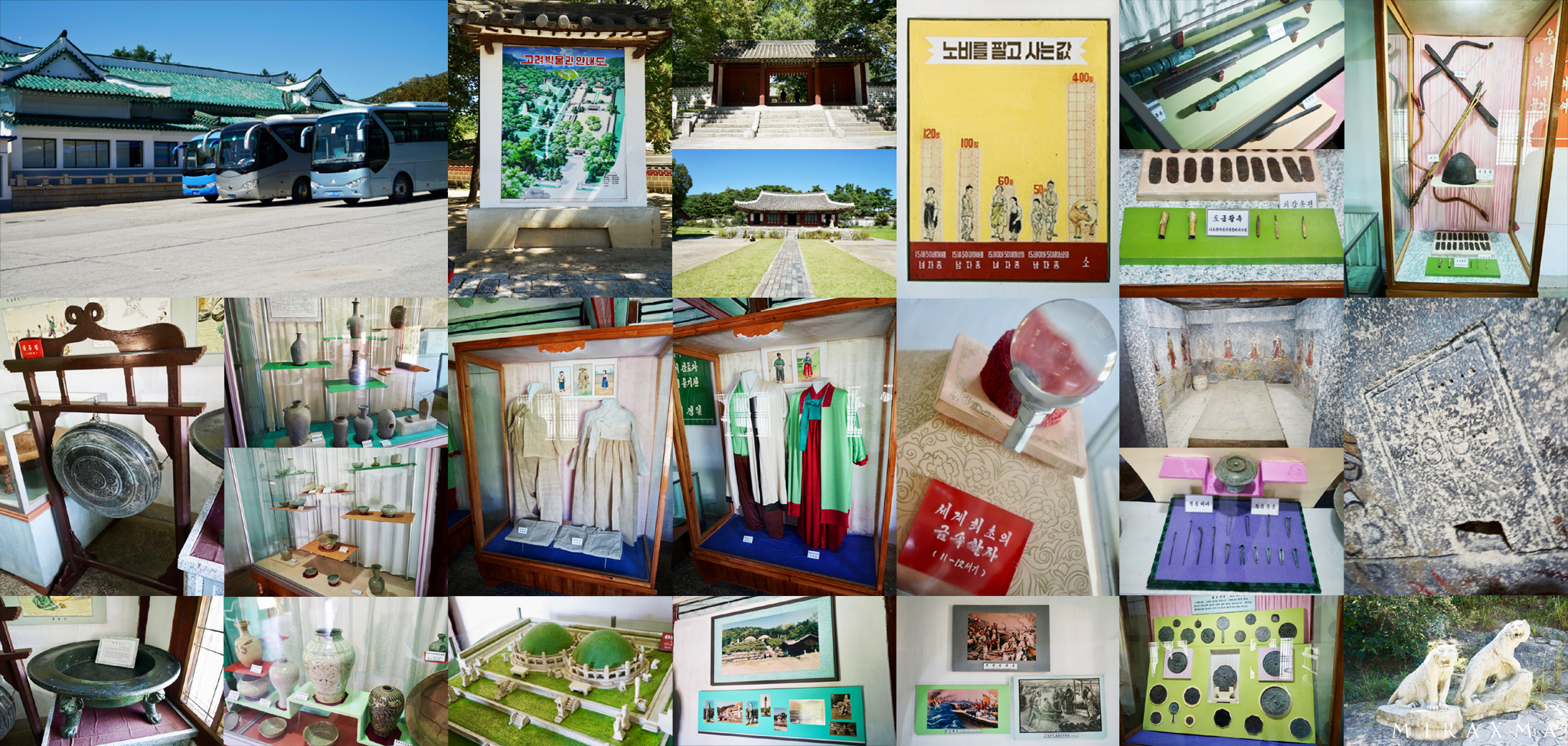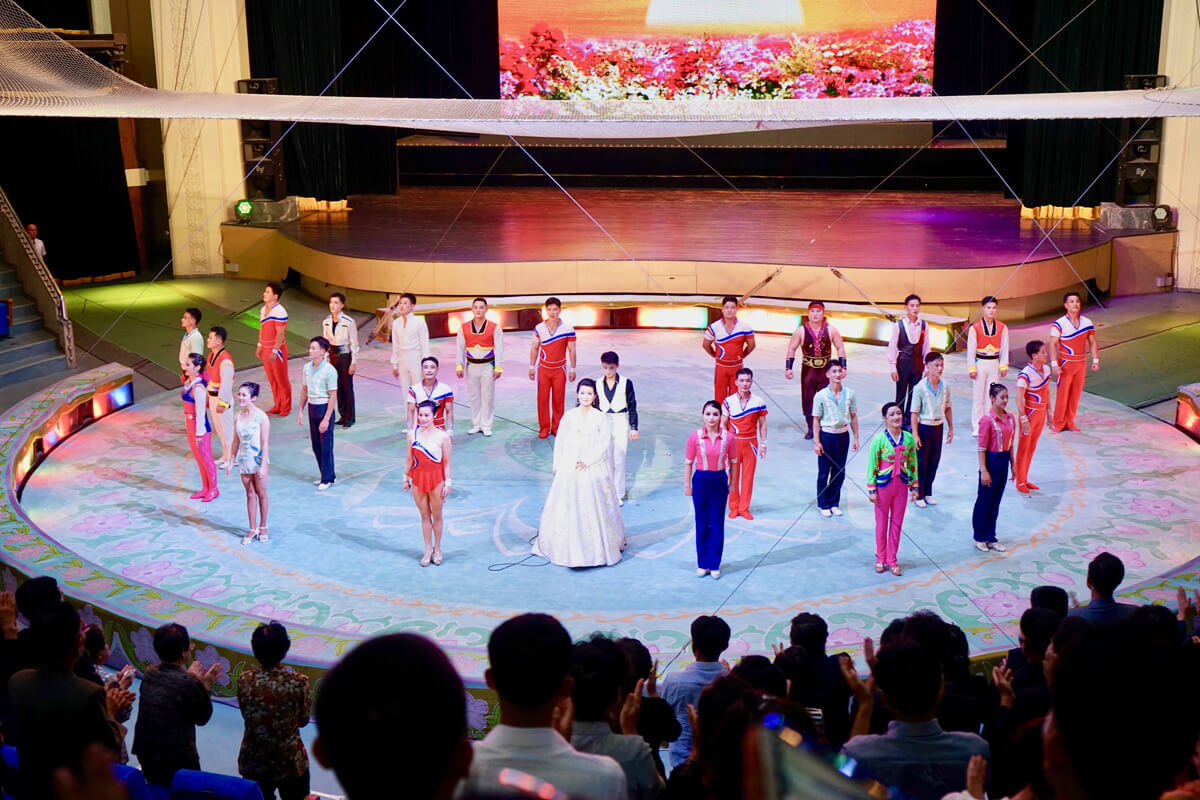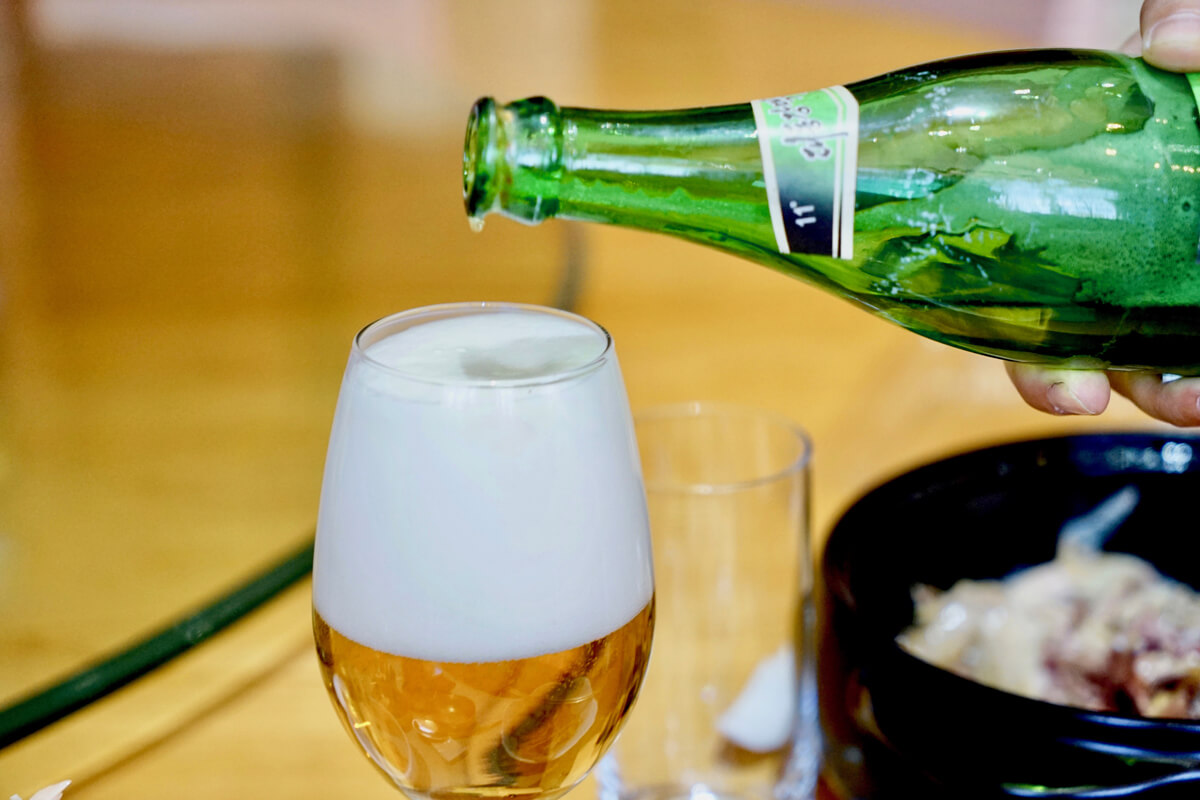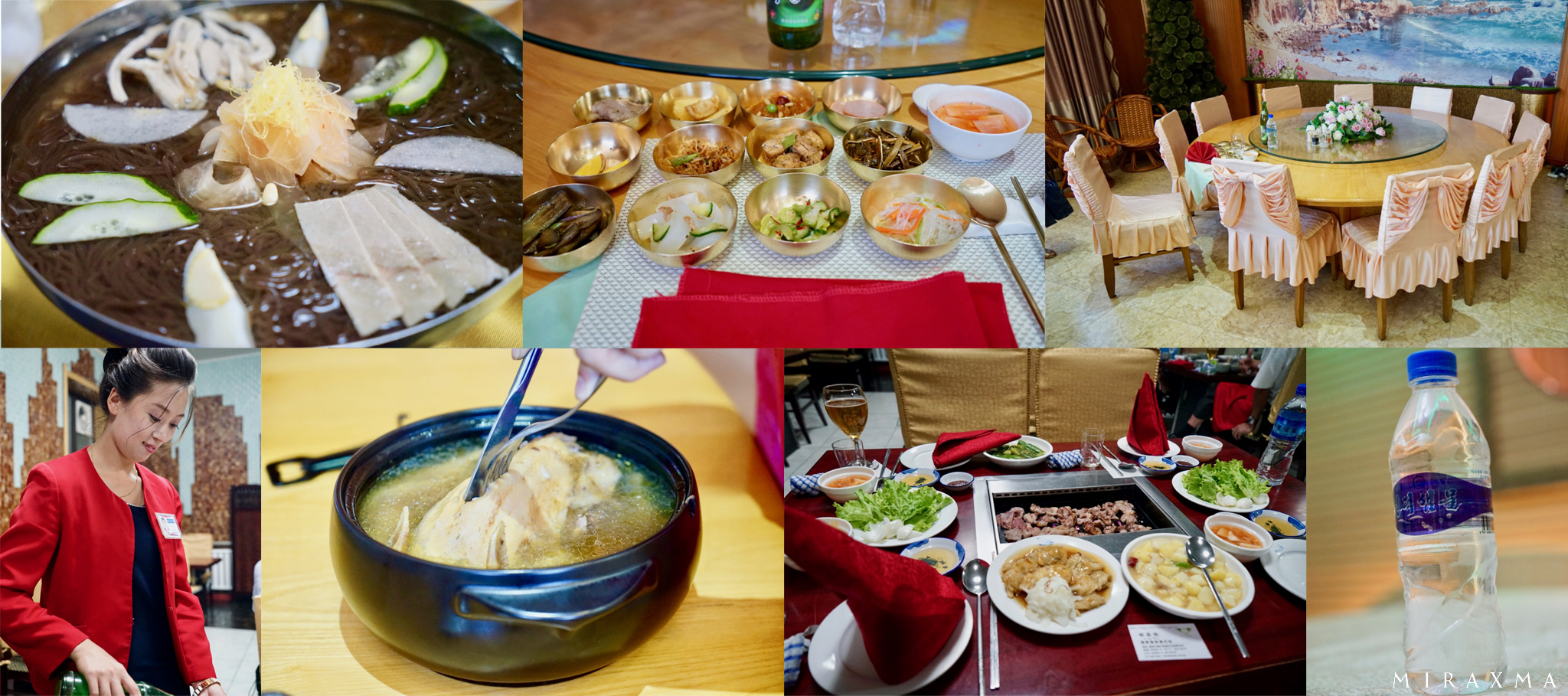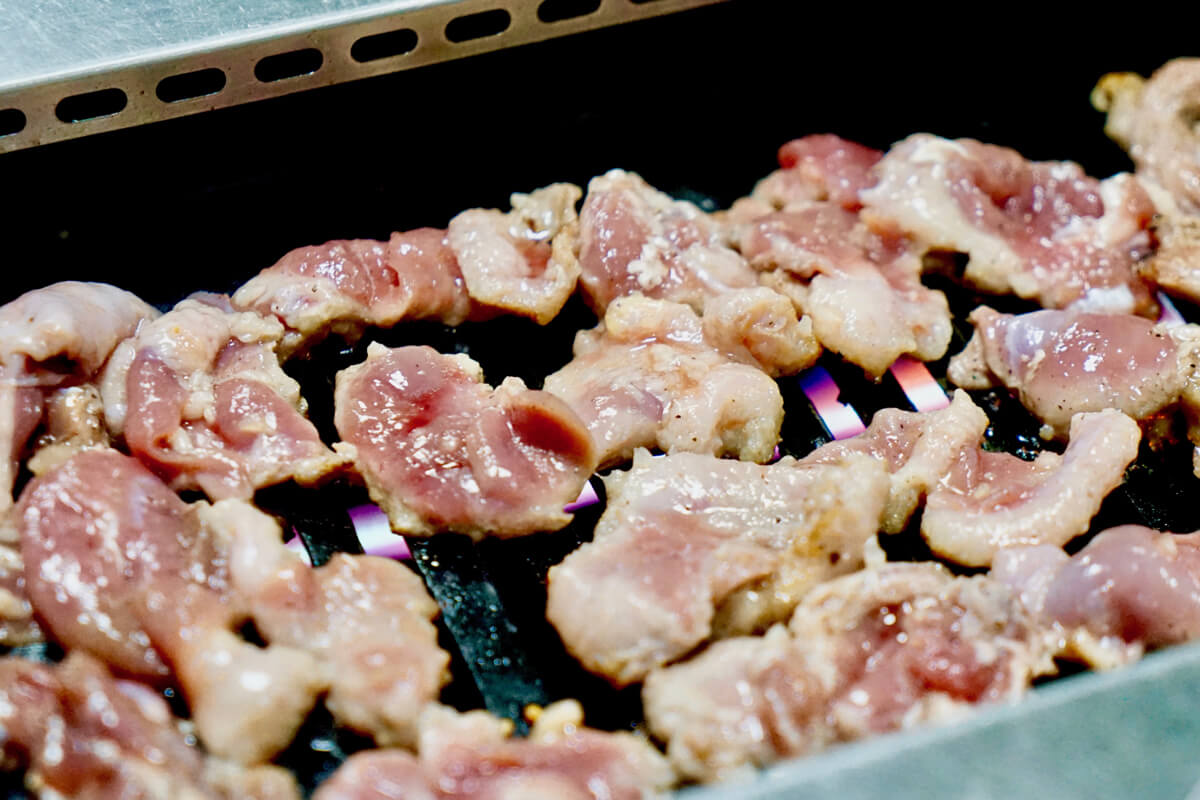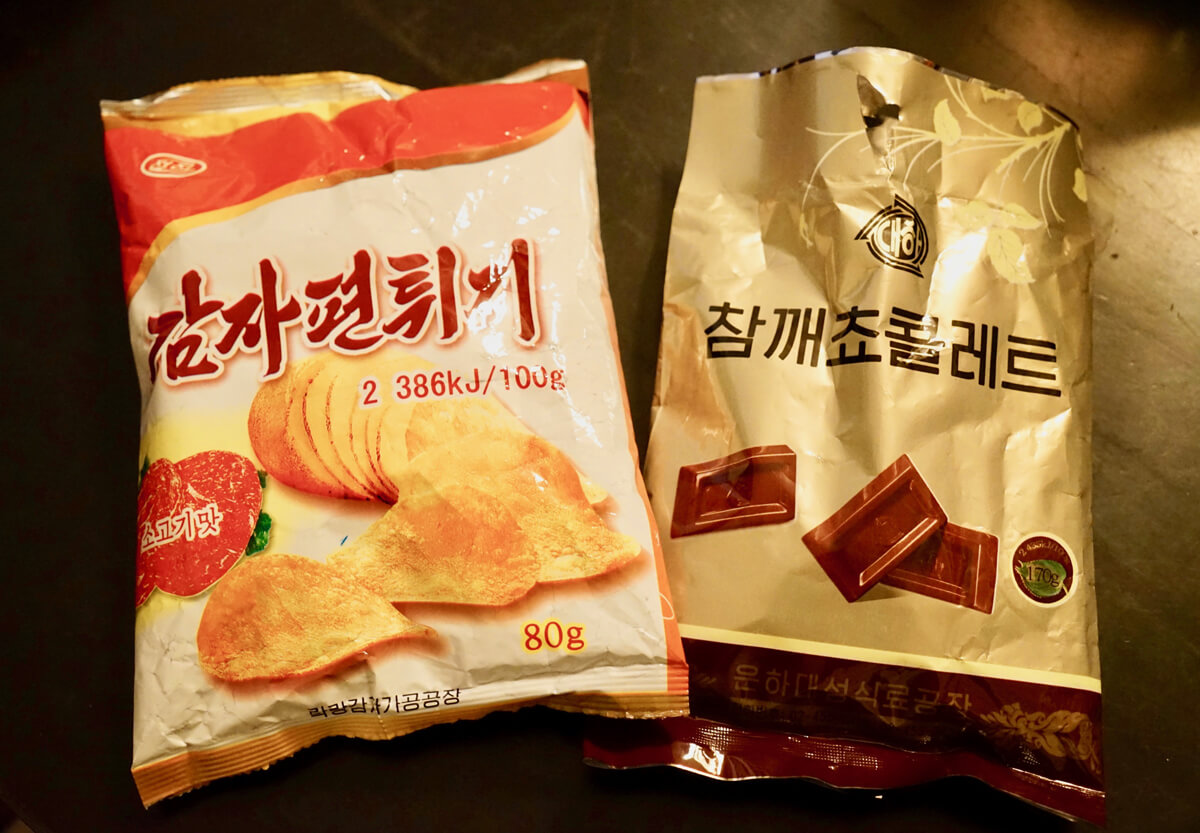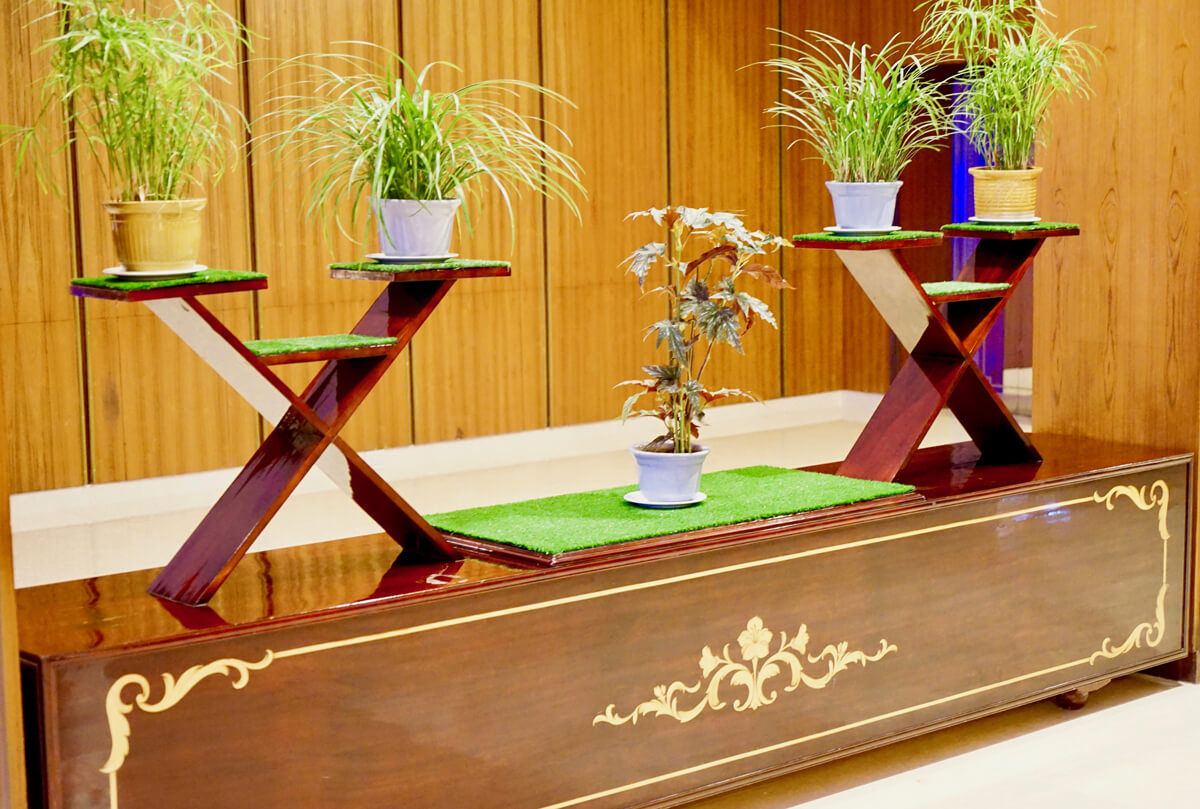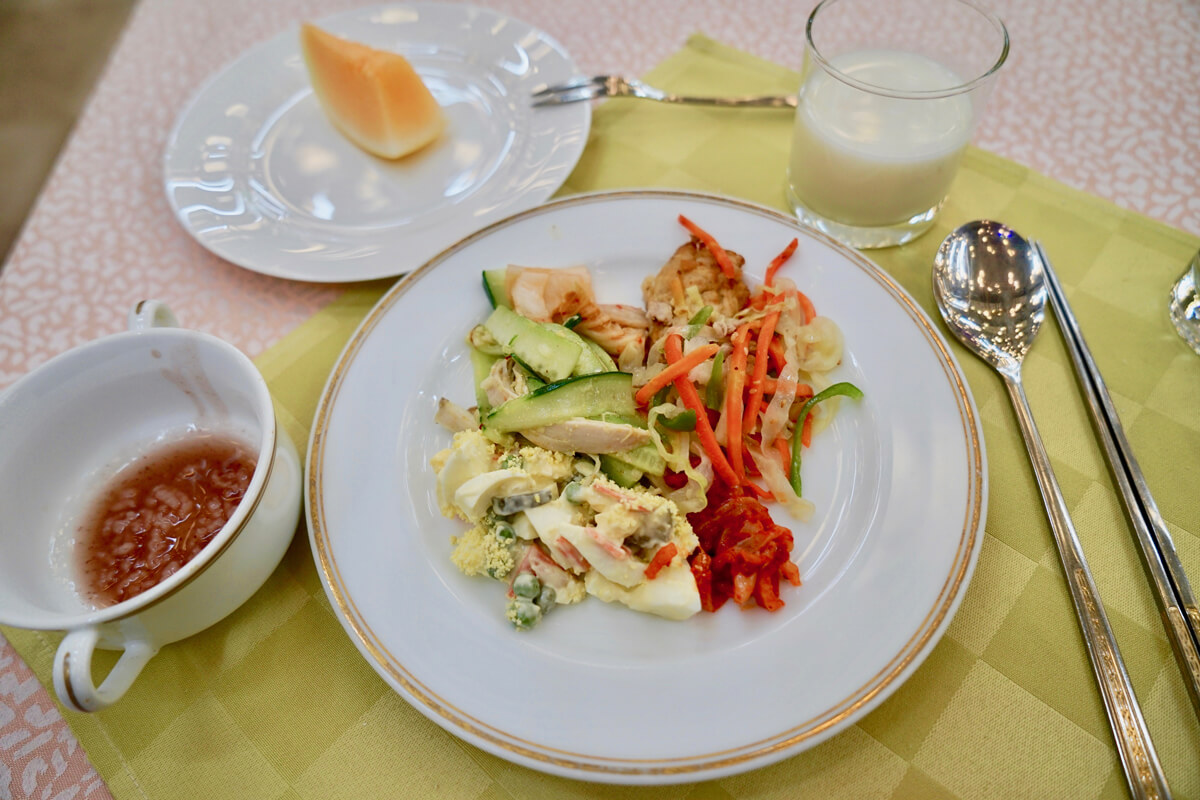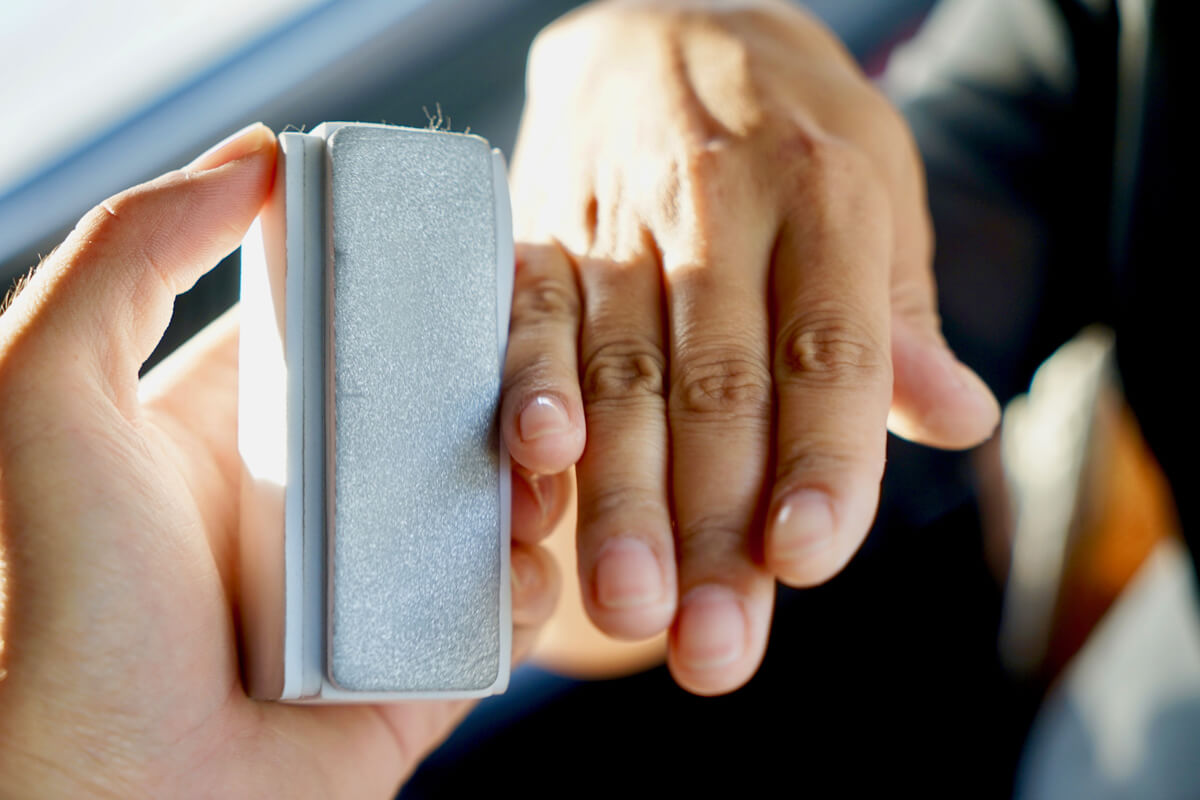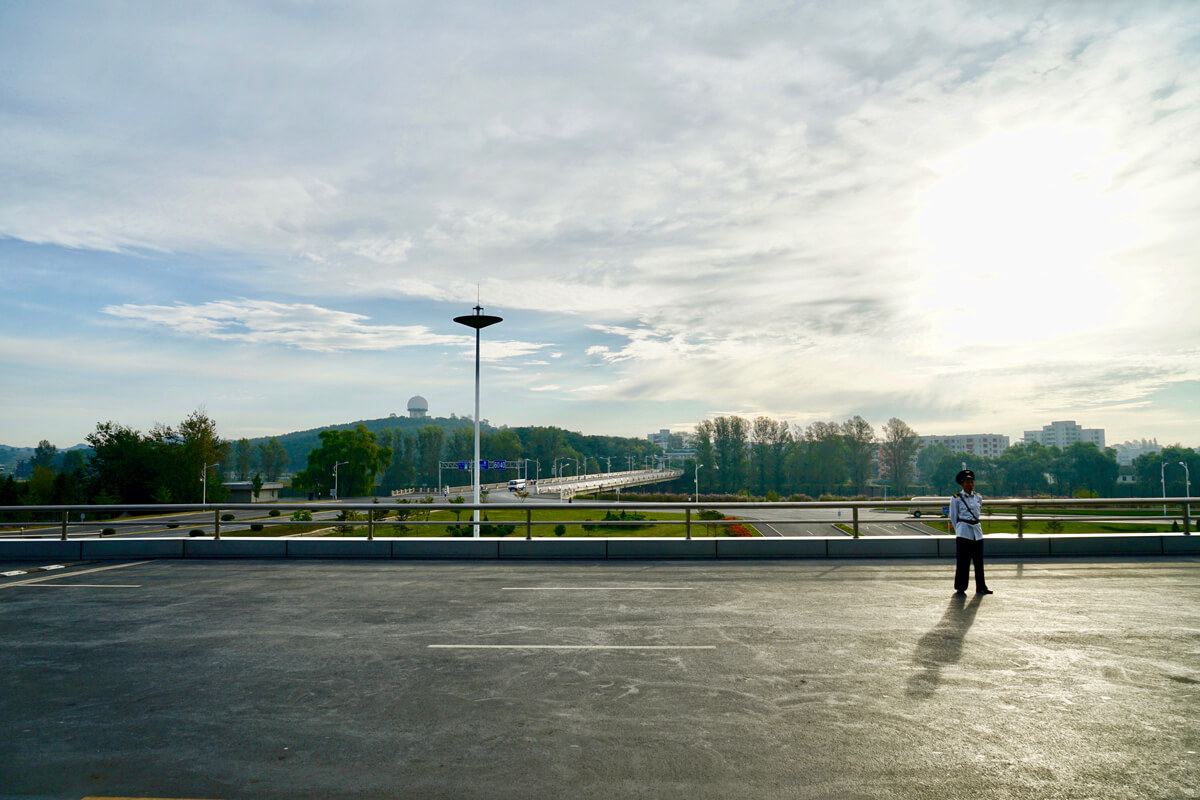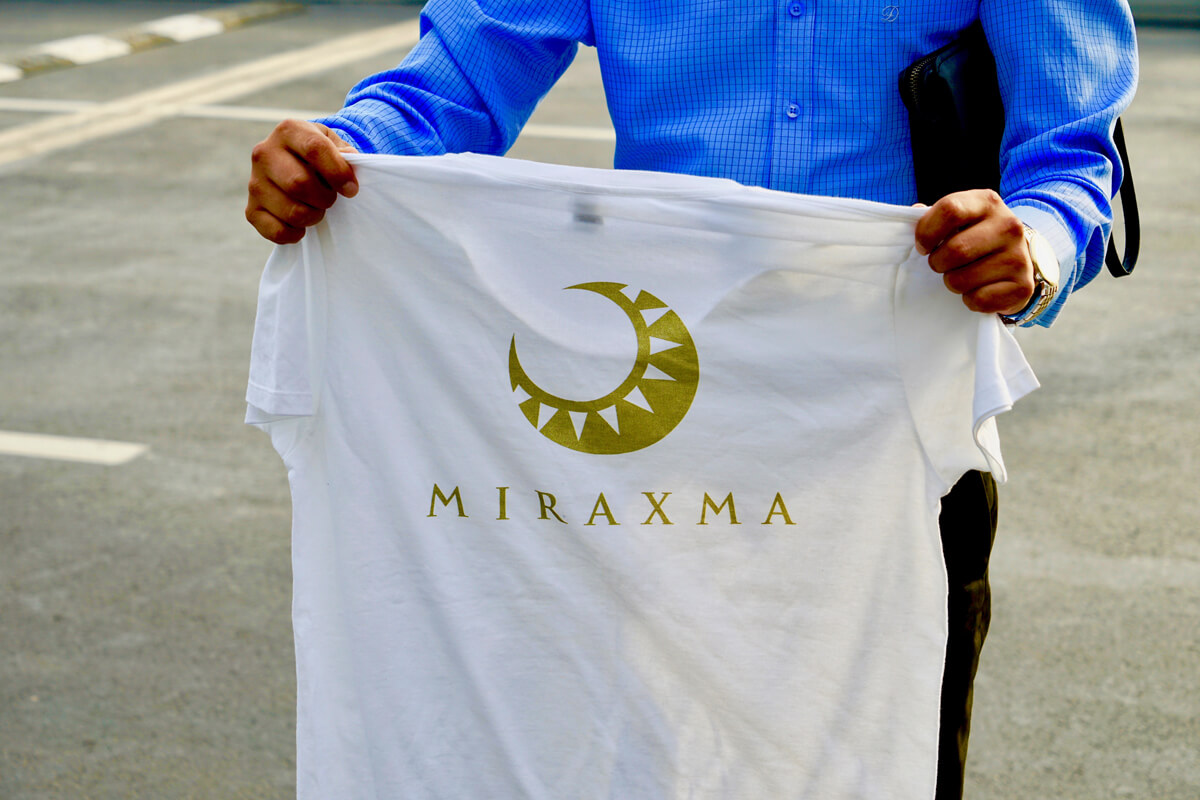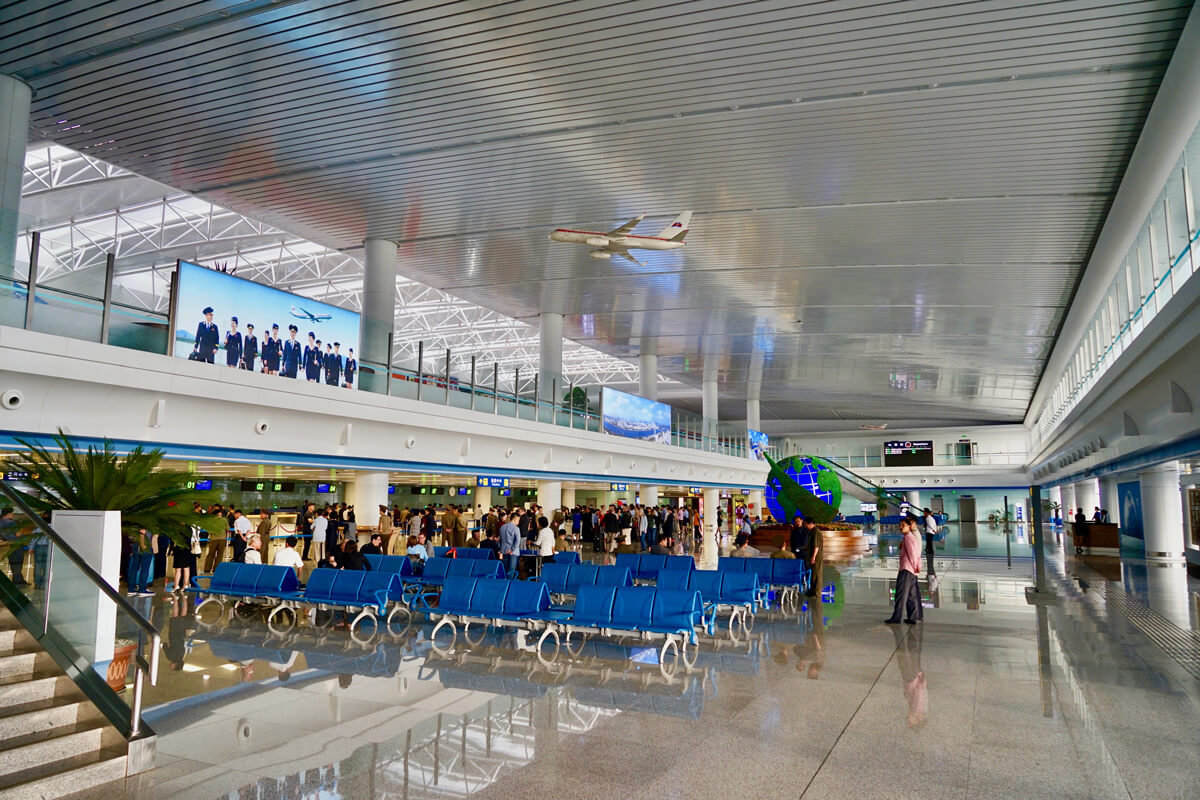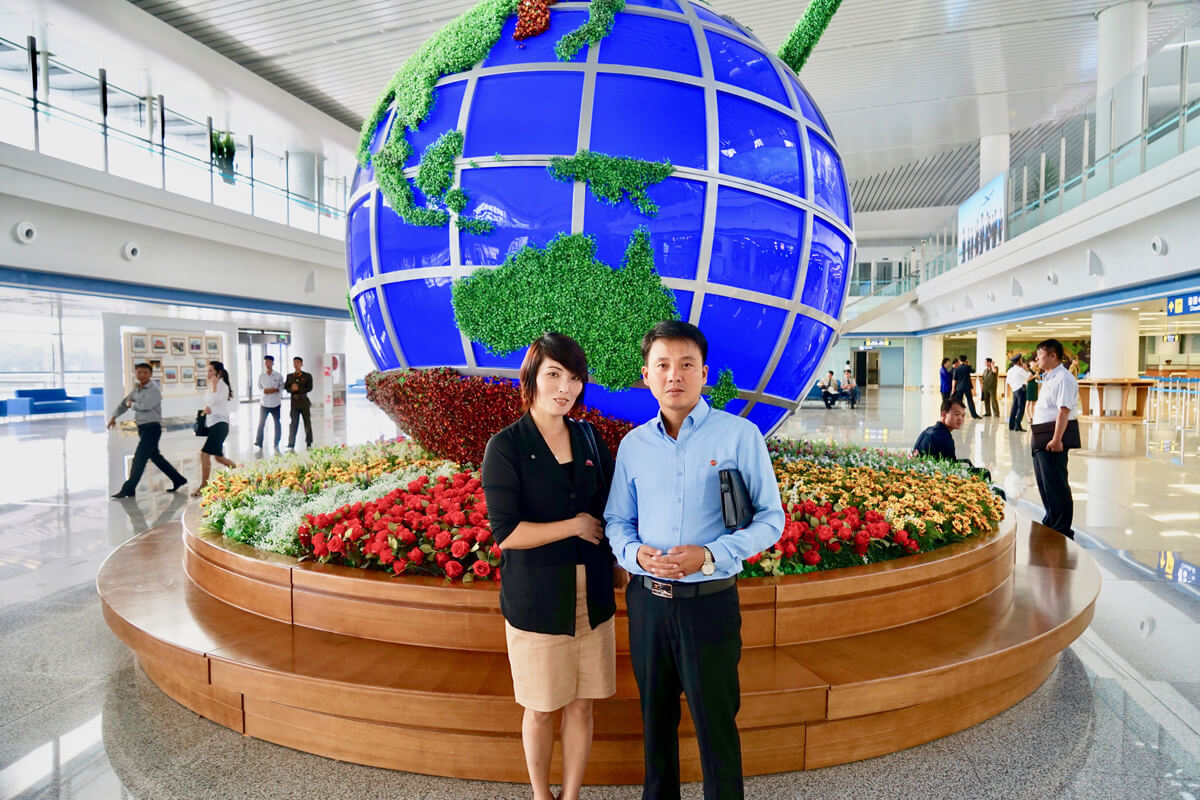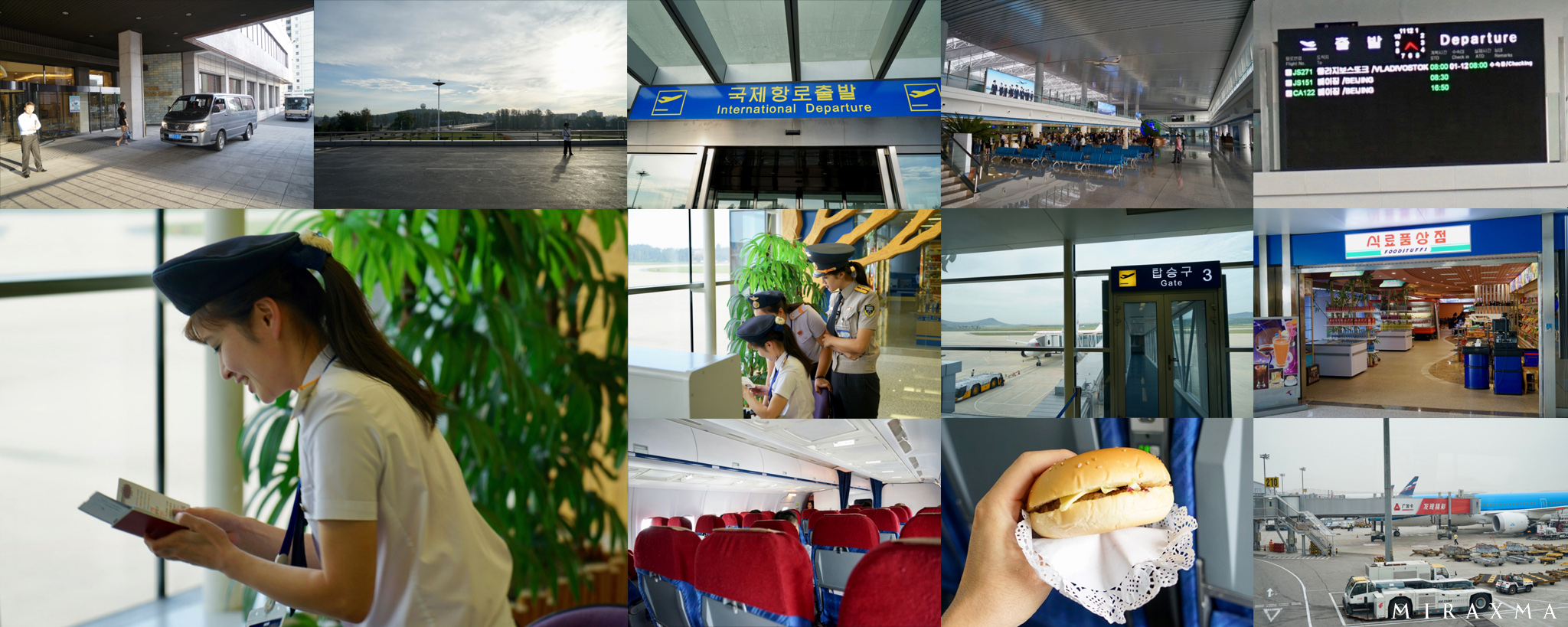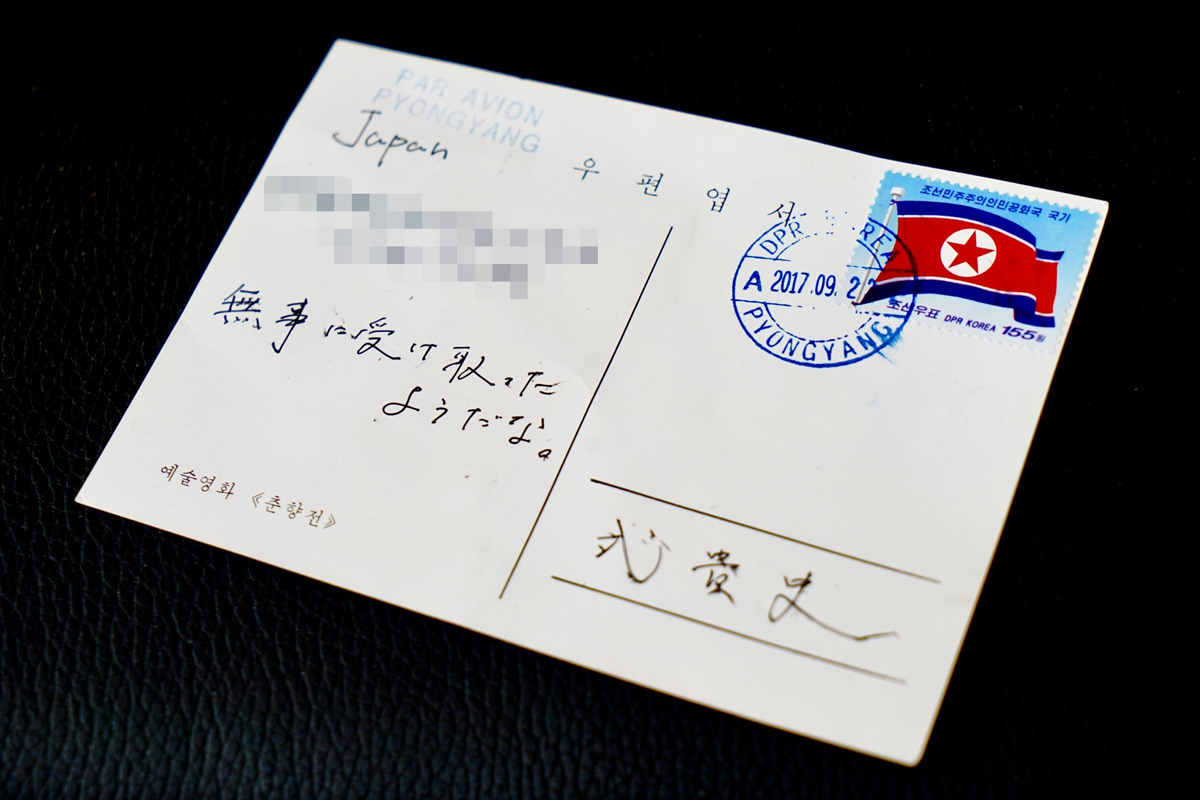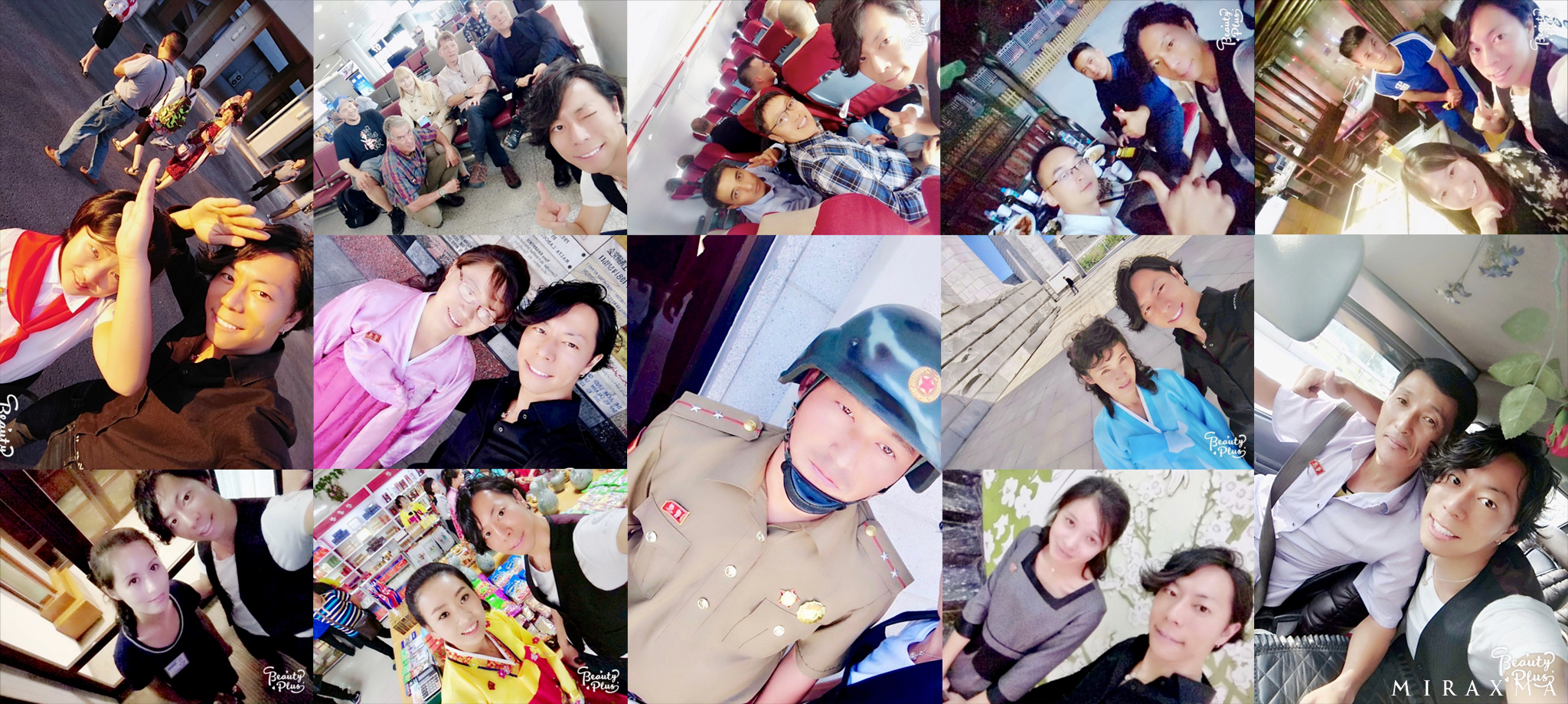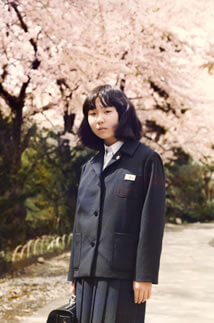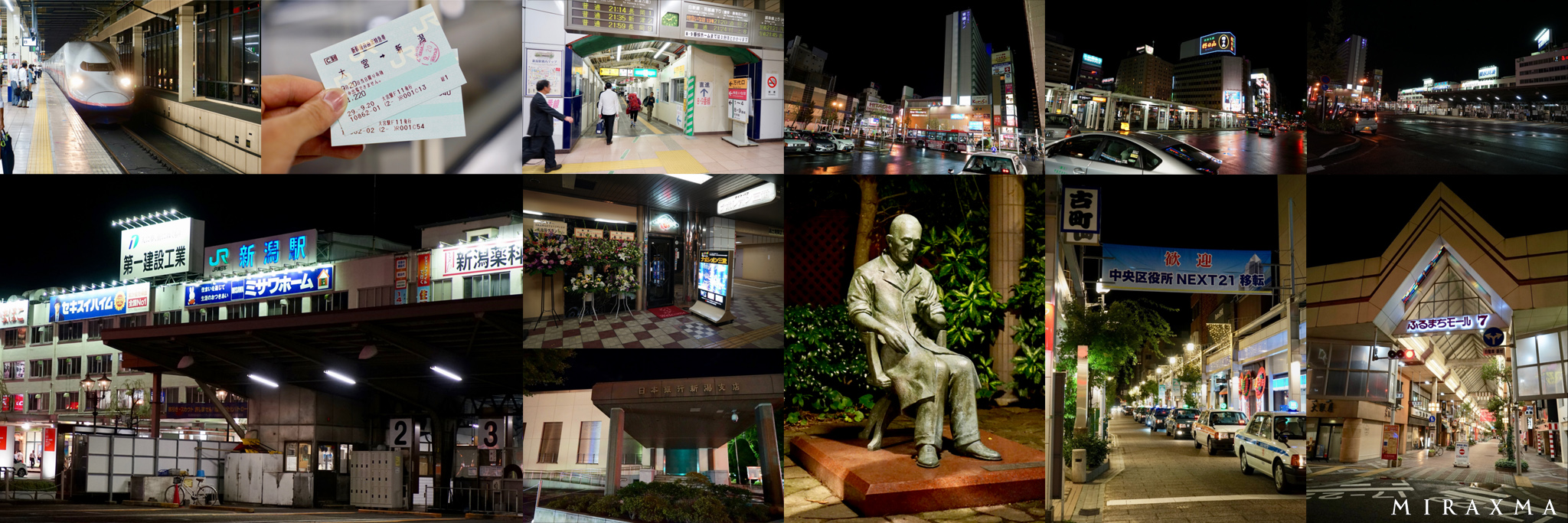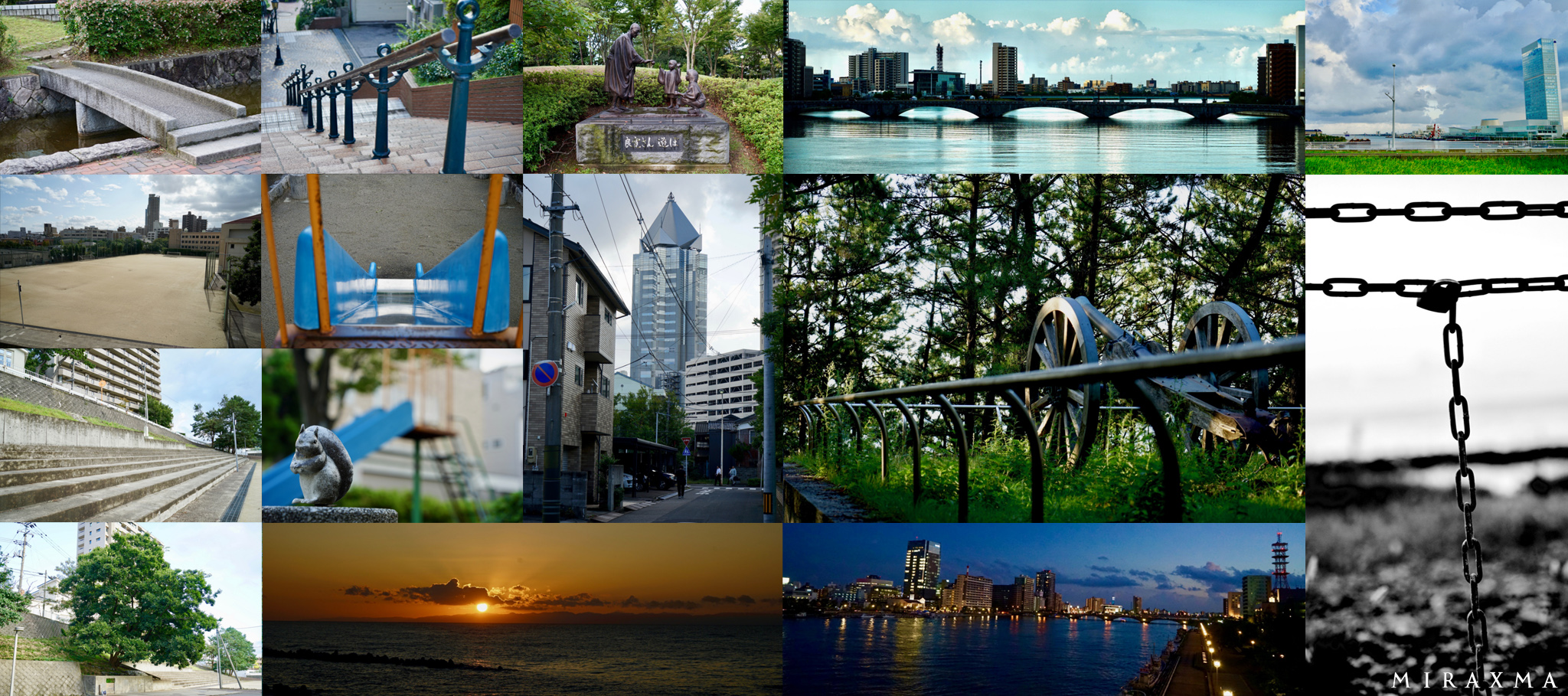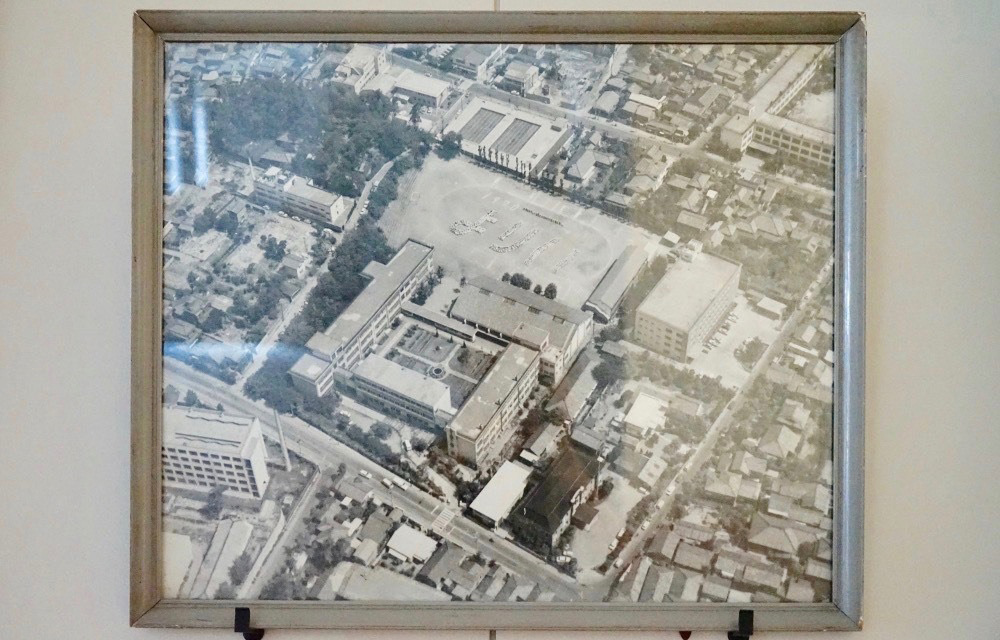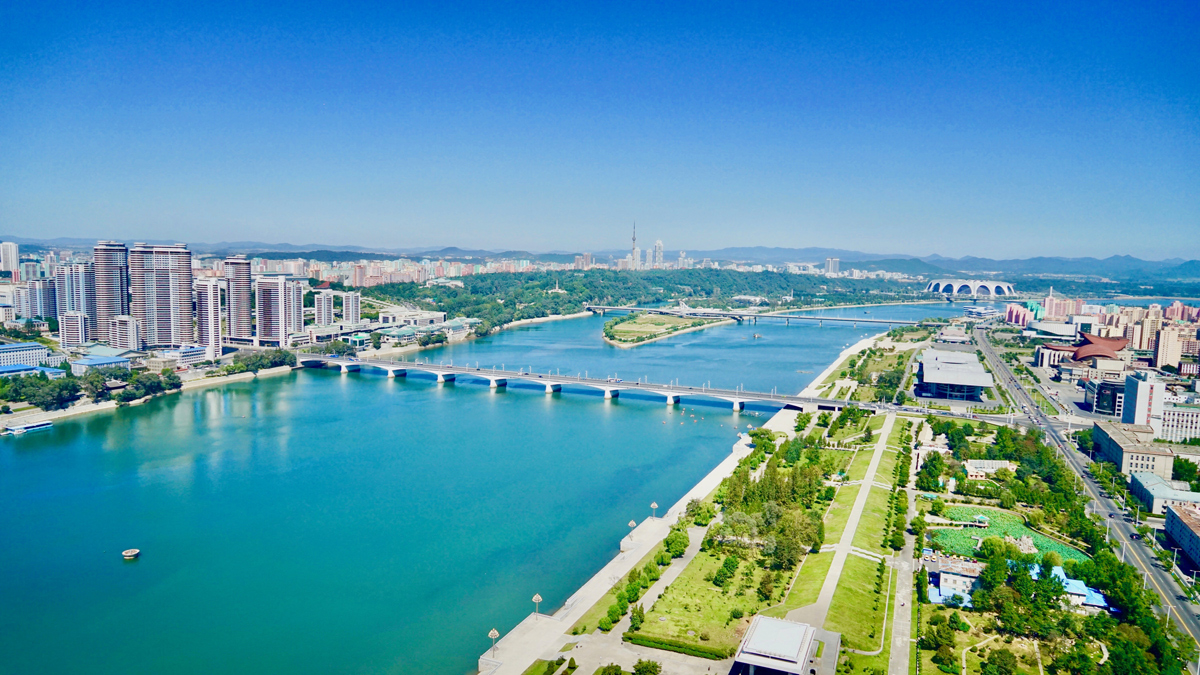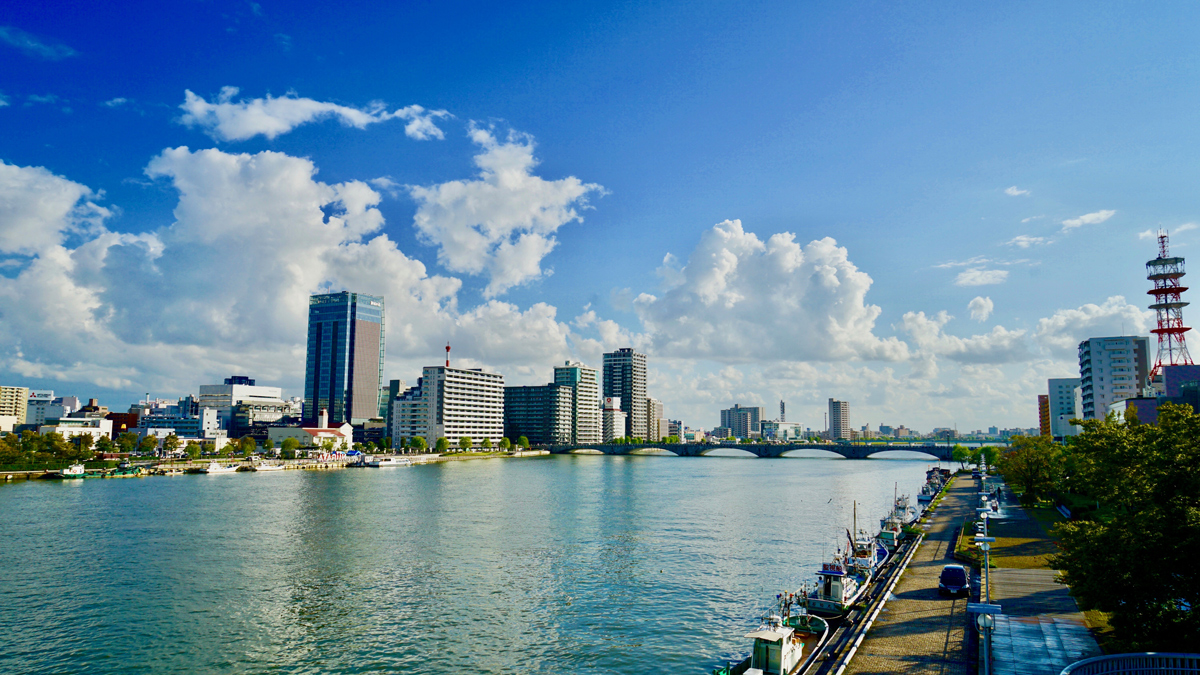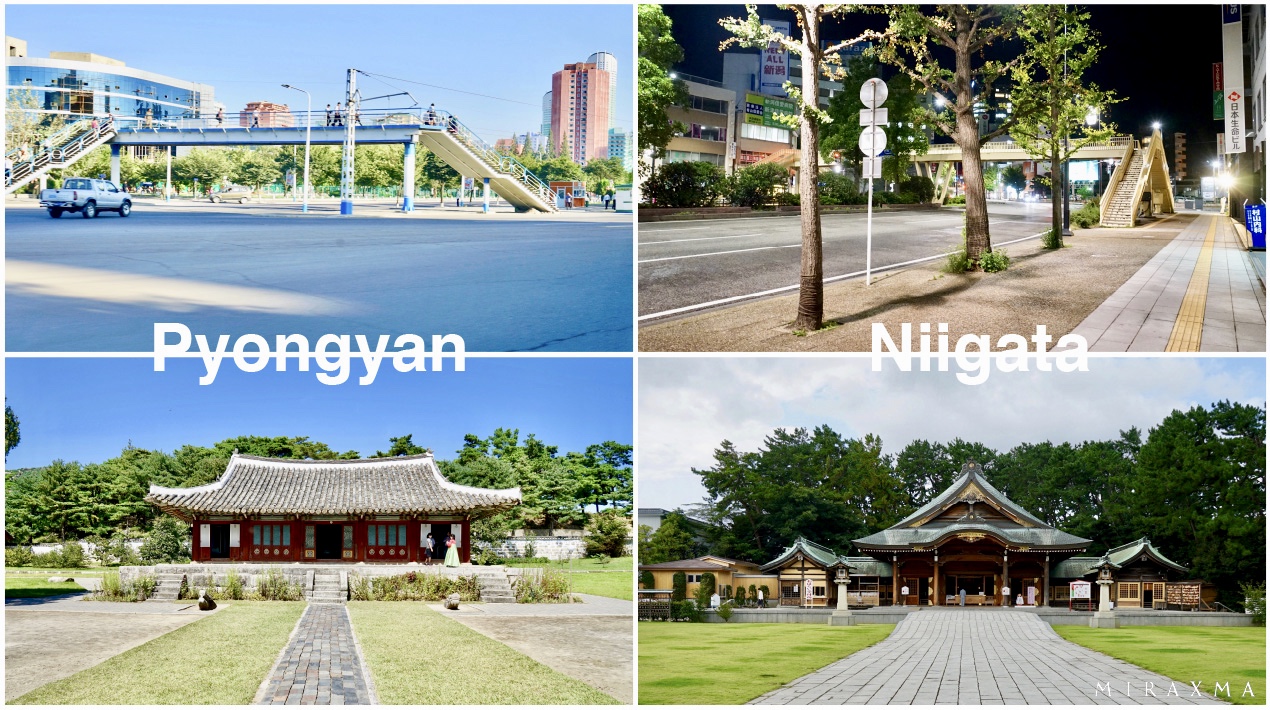History of Japan and DPRK
So far, this has been my record of the current DPRK. Now I would like to review some of the events in the history of Japan-DPRK's relations.
Aug. 29th, 1810 (Mon) - Sep. 2nd, 1945 (Sun)
During this time, the Korean Peninsula was a colony of Japan (The Empire of Japan), often referred to as the ‘Japan-Korea Treaty’ or ‘The period under Japanese rule.’
Jul. 7th, 1937 (Wed)
Along with the Marco Polo Bridge Incident, the Second Sino-Japanese War starts.
Dec. 13th, 1937 (Mon)
Nanjing Massacre. A massacre that involved the mass murder and looting of local noncombatants during the 2 months that the Japanese army occupied the Republic of China’s capital city, Nanjing. The death toll is still a mystery, however, as China declared, “The number of victims is proportional to the people's feelings.”
Sep. 1st, 1939 (Fri)
The German Army invades Poland, and as a result, Britain and France declared a war against Germany, triggering the start of World War II.
Dec. 8th, 1941 (Mon)
During the Second Sino-Japanese War, the Tripartite Pact was signed between Japan, Germany, and Italy. Japan attacked Pearl Harbor, where the US Navy was stationed, resulting in the Pacific War. The overall battle proved to be too much for Japan to handle and the Sino-Japanese War dragged on in a muddy mess.
Aug. 6th, 1945 (Mon)
America drops the atomic bomb on Hiroshima.
Aug. 9th, 1945 (Thu)
America drops an atomic bomb on Nagasaki.
Aug. 14th, 1945 (Tue)
Japan accepts the Potsdam Declaration.
Sep. 2nd, 1945 (Sun)
Signing/closing of worldwide World War II.
With Japan defeated, the Korean Peninsula is released from the Japanese colony. The North and South are later separated at the 38th parallel. The North fell under the military control of the Soviet army, while the Allied Powers took control of the South. In addition, discussions were held later that some of the mobilization and ill-use of Koreans during the wartime could be argued as ‘spontaneous’, and not ‘mandatory’.
Aug. 15th, 1948 (Sun)
Division of the Korean Peninsula and the inauguration of the first highest leader.
On the south side, the Republic of Korea led by President Lee Sung-Na is established. On September 9th 1948 (Thu) DPRK is established by the leader of Democratic People’s Republic of Korea, Kim Il-sung.
Jun. 15th, 1950 (Sun) - Jul. 27th, 1953 (Mon)
The outbreak of the Korean War - Conclusion of an armistice agreement.
Korea’s President Kim Il-sung, with consent and support of China’s President Mao Zedong and Russia’s Joseph Stalin, the 38th parallel line (the border) was crossed, to invade Korea. The entire Korean peninsula was turned into a war zone, and soon became the center of a large international dispute. Russia’s United Nations representative Yakov Malik proposed a ceasefire through radio broadcasting, and the armistice agreement is concluded without a decisive strike. The Armistice Agreement was signed by the United Nations Forces, the Korean Army and the Chinese Army.
Dec. 14th, 1959 (Mon) - Jul. 25th, 1984 (Wed)
Repatriation of Koreans in Japan and immigration of Japanese wives.
Departure from Niigata port in Niigata prefecture facing the Japan Sea, closest to Korea. 93,340 people came to DPRK, 6,839 of whom were Japanese nationals, such as Japanese married women and children.
Around 1977 - 1983
The abduction of Japanese citizens by Koreans.
The number of missing persons in Japan was around 868 people. Later, there was a testimony of former agents and defectors, confirming 24 abduction victims. People ranging in ages from 13 to 52 years old were abducted at that time.
Nov. 29th, 1987 (Sun)
Korean Air Flight Bombing incident.
In these bombings, 115 passengers died. Kim Hyon-hui, a former agent of the act, attempted suicide by poison, but was kept alive by emergency treatment. Later he became a living witness.
Jan. 30th, 1991 (Wed)
Japan-DPRK Morning Summit Meeting.
"Japan-DPRK normal diplomatic negotiations" began on Wednesday, January 30th, 1991, but on November 5th, 1992 Thursday, it was interrupted during the 8th negotiation.
1995 - 2000
The Japanese government supported Koreans by donating rice.
By 1995-2000, the Japanese government provided about 170 billion yen (1.18 million tons) of rice to Korea. Former LDP secretary general secretary Tsutomu Nonaka and former Prime Minister Murayama commented, saying, “If you have enough rice, and your neighbor is suffering, helping them is a given.”
Sep. 17th, 2002 (Sat)
Japan’s Prime Minister 's first trip to the Japan-DPRK Morning Summit Meeting.
At the Hundred Flower Garden Invitation Offices in Pyongyang, a conversation was held with Japanese Prime Minister Junichiro Koizumi and General Kim Il-sung. Korea, who admitted and apologized for the abduction, announced the death of eight people, and the survival of four Japanese abductees. Among those who died, the death of Megumi Yokota, who was 13 years old at the time, and the existence of Ms. Megumi Yokota 's daughter, Ms. Kim Eun-gyong, was made clear. The husband is Mr. Kim Young Nam, who is a victim of the abduction, but said they divorced in March 1992, due to her husband's violence.
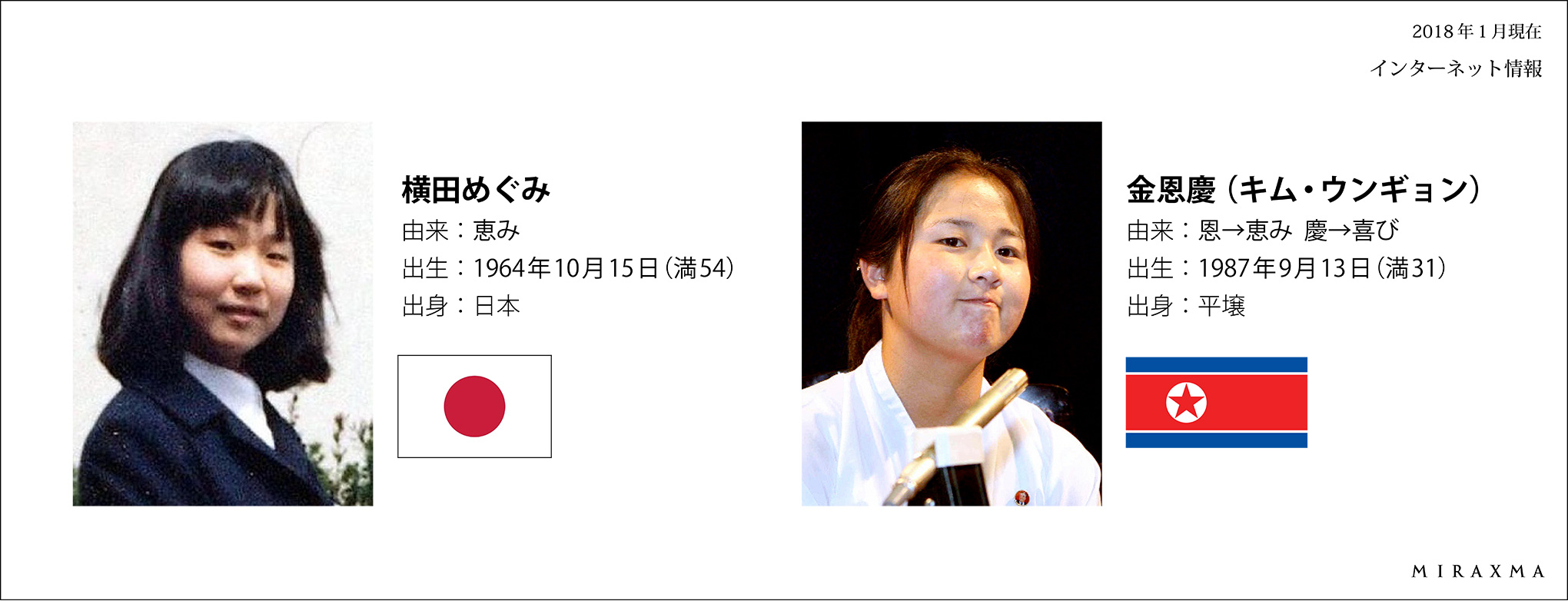
Oct. 15th, 2002 (Tue)
Return of the five abductees.
Thanks to Koizumi’s negotiations, 5 abductees were successfully able to return to Japan.
May. 22nd, 2004 (Sat)
The 2nd Japan-DPRK Morning Summit Meeting.
A meeting was held once again with former Prime Minister Junichiro Koizumi and General Secretary Kim Il-sung at the Daido Jiang Guest House in Pyongyang. Food and medicine worth a rough total of 70 - 80 billion yen would later be offered.
Nov. 9th, 2004 (Tue) - Nov. 14th, 2004 (Sun)
The 3rd Japan-Korea Morning Practice Consultation.
After bringing back the remains of Megumi Yokota and conducting DNA appraisal, another person’s DNA was found. They also obtained sightings of Megumi Yokota after her official date of death.
May. 16th, 2006 (Tue)
First meeting with Yokota Megumi's father and her former husband's mother.
Megumi Yokota's 73-year-old father, Mr. Shigeru, and her brother, Mr. Tetsuya, 37 years old, and former husband Mr. Kim Young Nam’s mother, Ms. Choi Gye-Wol, 82 years old, met in a meeting room in Seoul Songpa-gu,
Jun. 28th, 2006 (Wed)
Mother and child reunion between Kim Young Nam, an abductee victim, and his mother.
At Mount Kumgang in Korea, Mr. Kim Young Nam and his mother (Choi Gye-Wol), and her sister (Kim Young-Ja) met again for the first time in 28 years. Kim claims that he had not been abducted, but was rescued by the Korean side when he was in distress at sea.
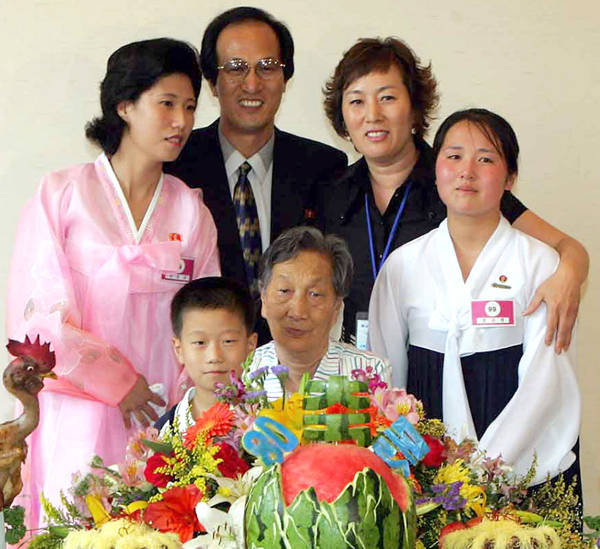
Jul. 5th, 2006 (Wed)
A "missile launch experiment" is carried out toward the Sea of Japan.
Seven Taepodong ballistic missiles were launched from Korea to the Sea of Japan.
The beginning of Japan’s proprietary sanctions.
Niigata Prefecture, facing the Sea of Japan, was the closest to the Korean Peninsula, and occasionally welcomed returning Korean residents to Japan, from 1971 to 2006, while a passenger liner named Man Gyong Bong was in service. However, in response to the missile launch experiment and the future nuclear test announced on Wednesday, July 5, 2006, measures were taken to prohibit port entry. With these measures, extensions to ban the port and additional sanctions continue.
Mar. 10th, 2014 (Mon) - Mar. 14th, 2017 (Fri)
First visit with Ms. Megumi Yokota's daughter Kim Eun-gyong.
Ms. Megumi Yokota's parents (Shigeru and Sakie) and their grandson Kim Eun-gyong meet at Ulan Bator, the capital of Mongolia. They also meet their great-grandson.

Since 2014, Japan has lost diplomatic channels.







